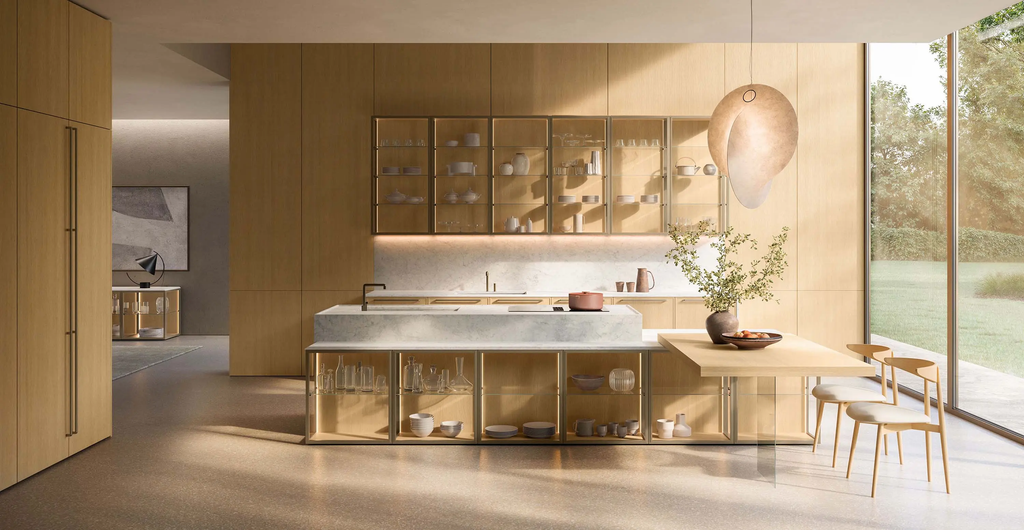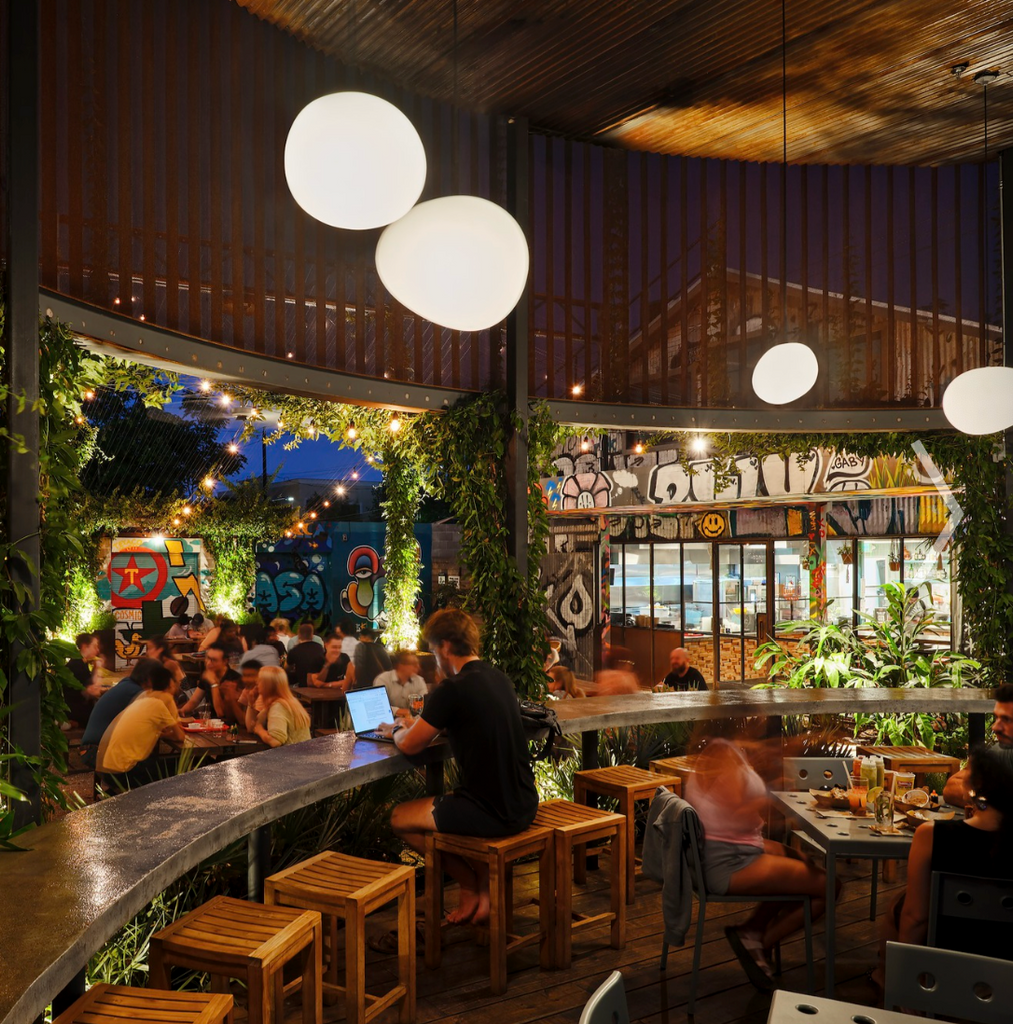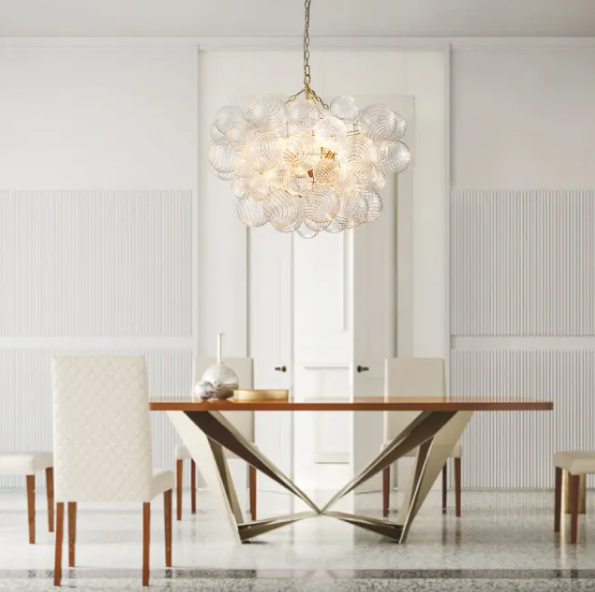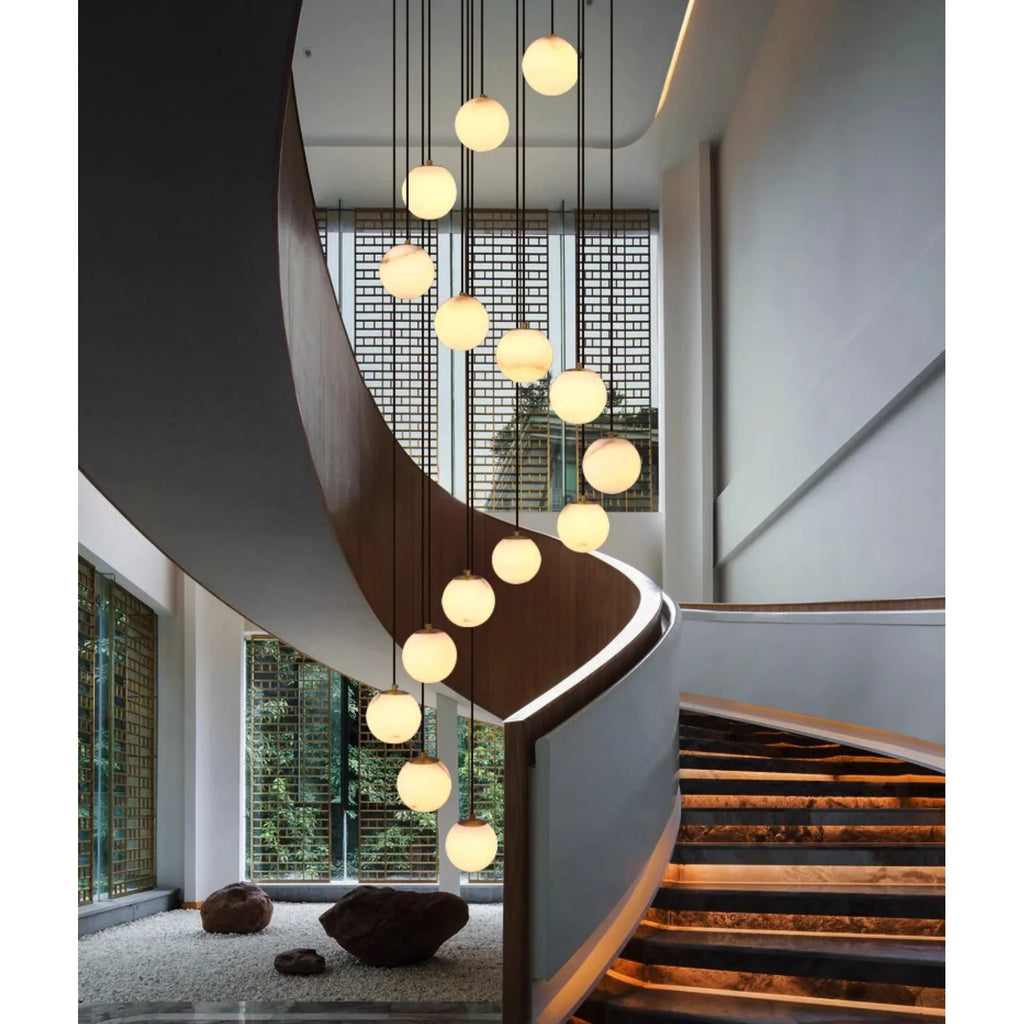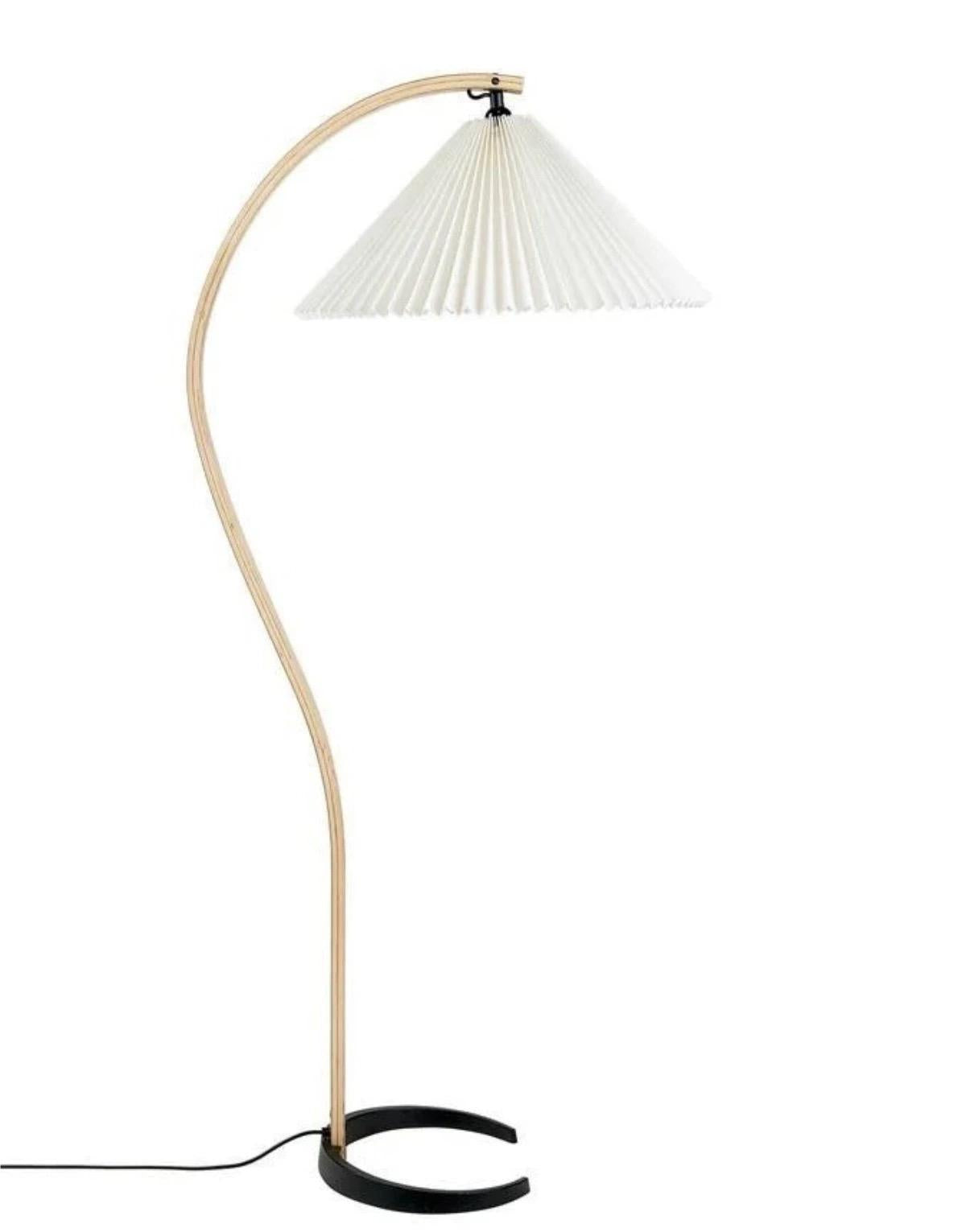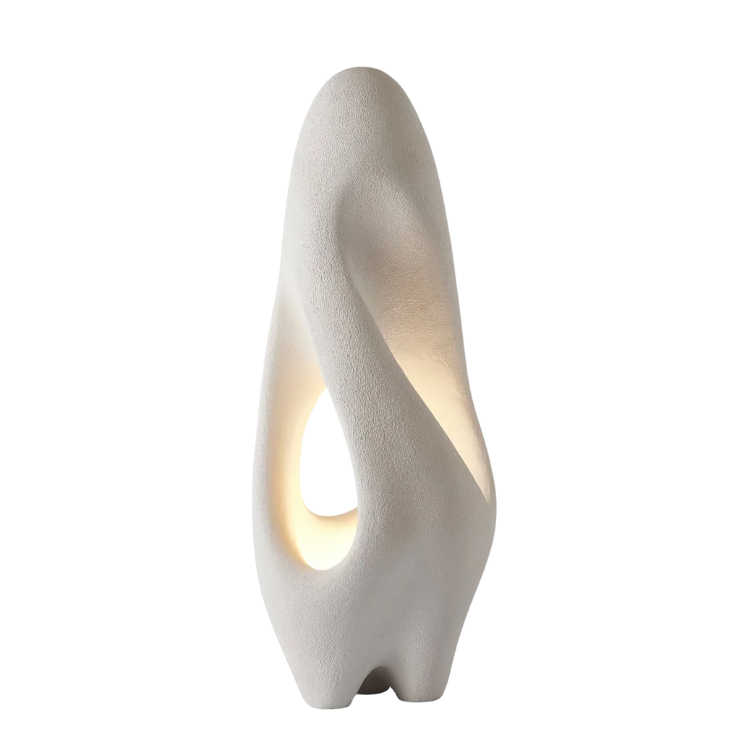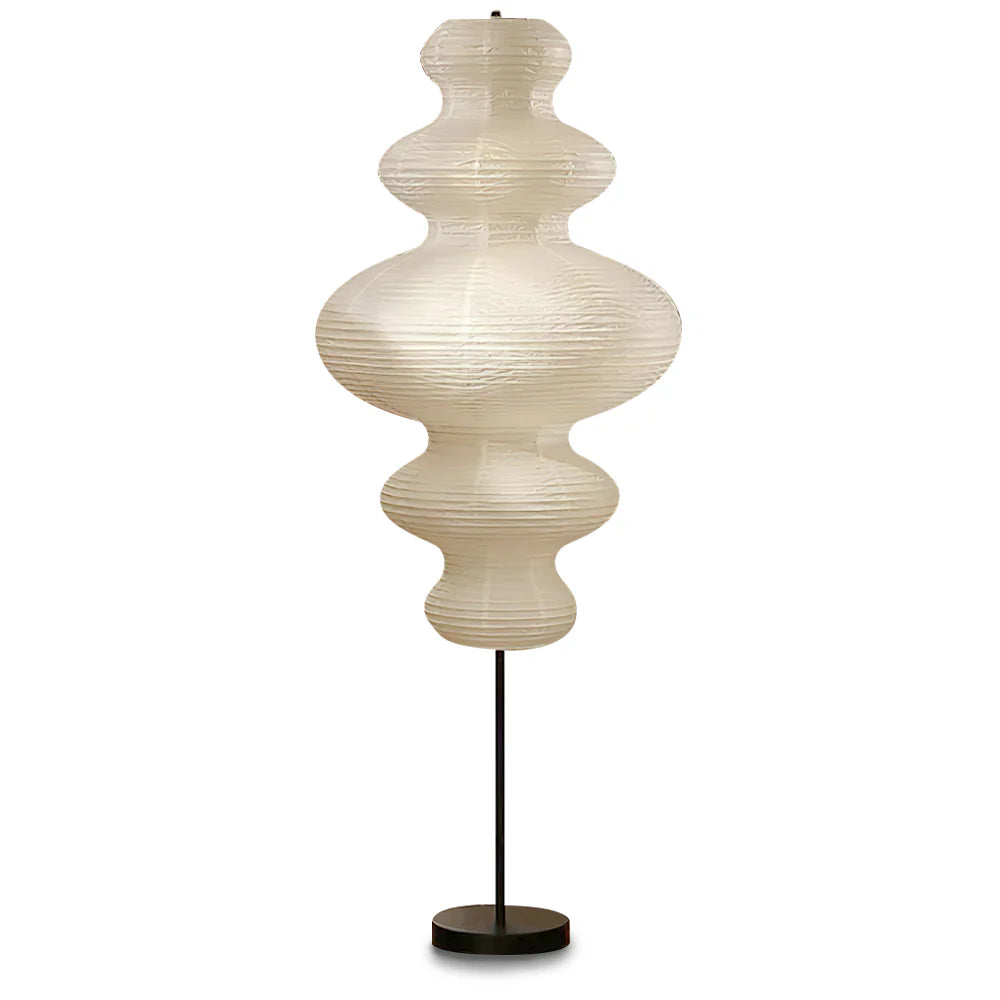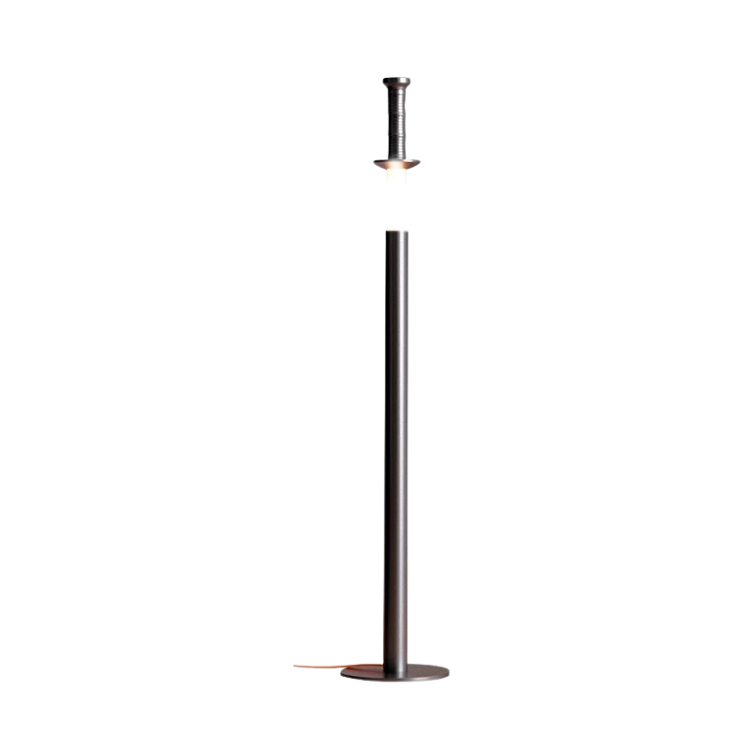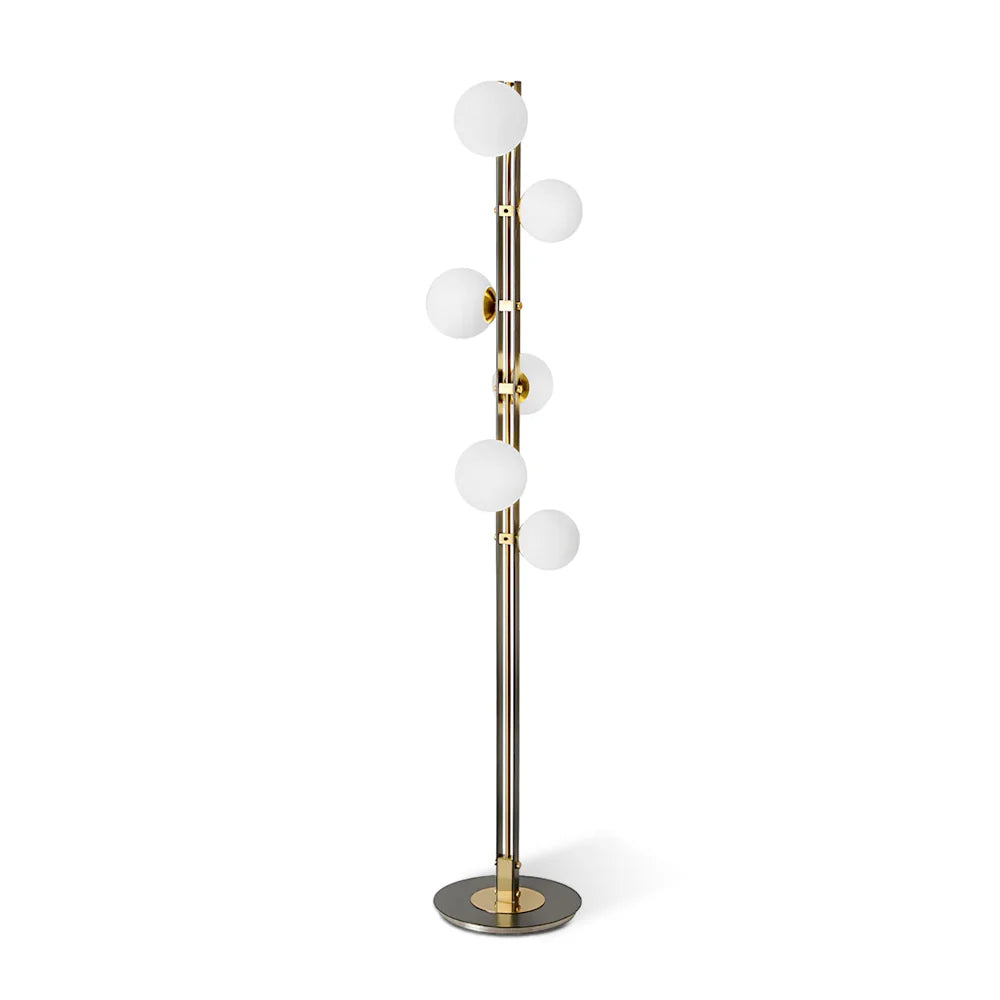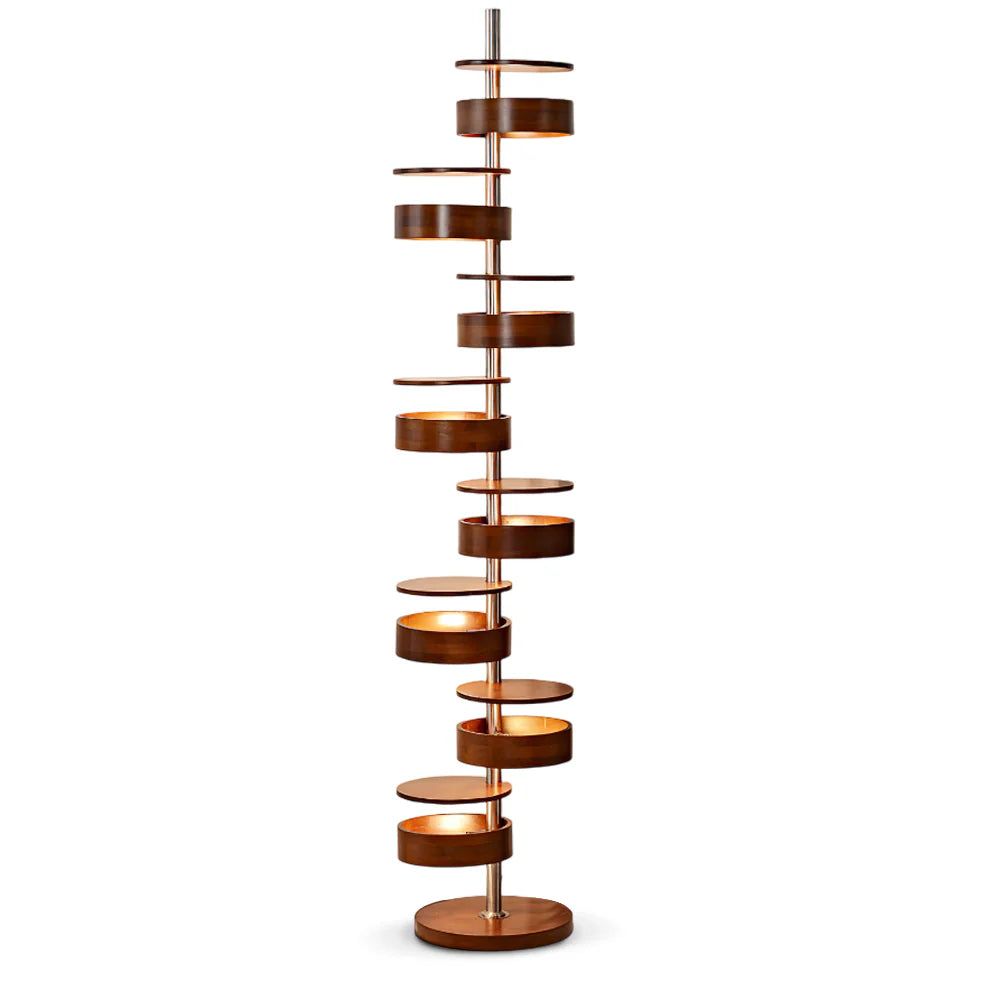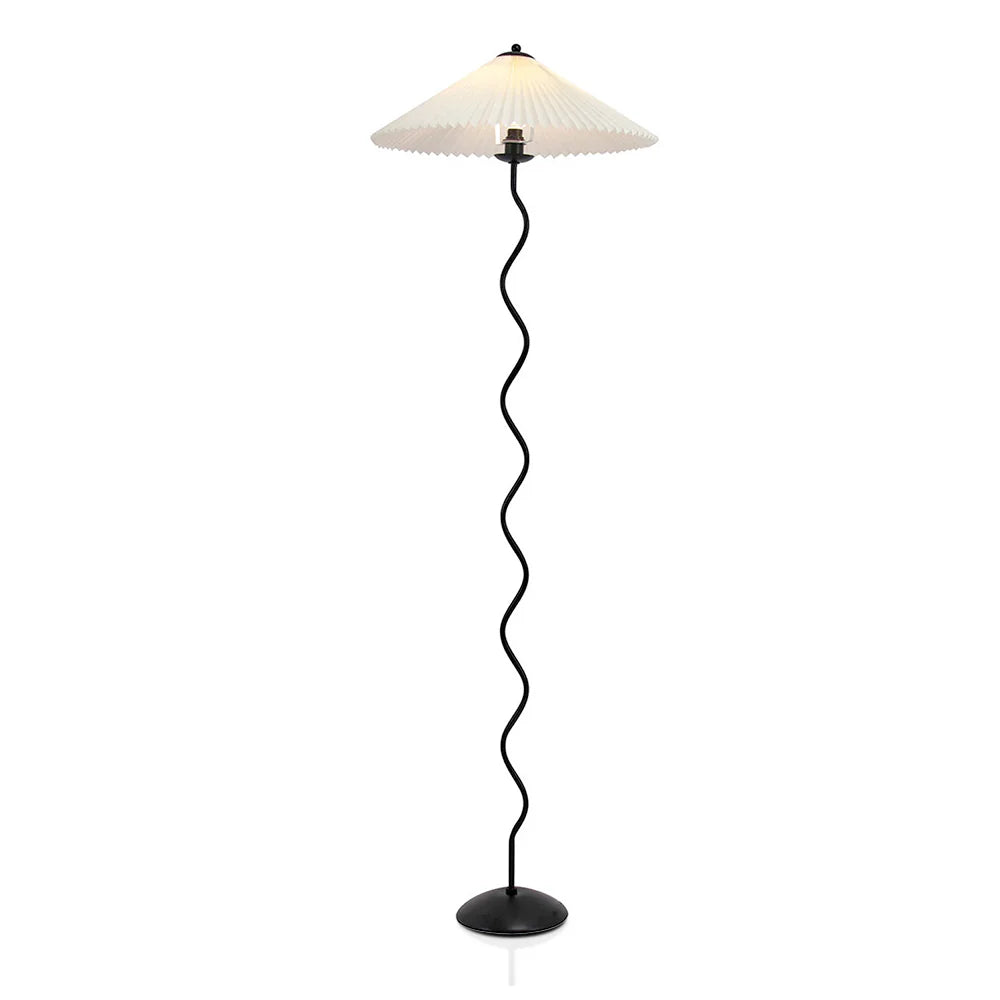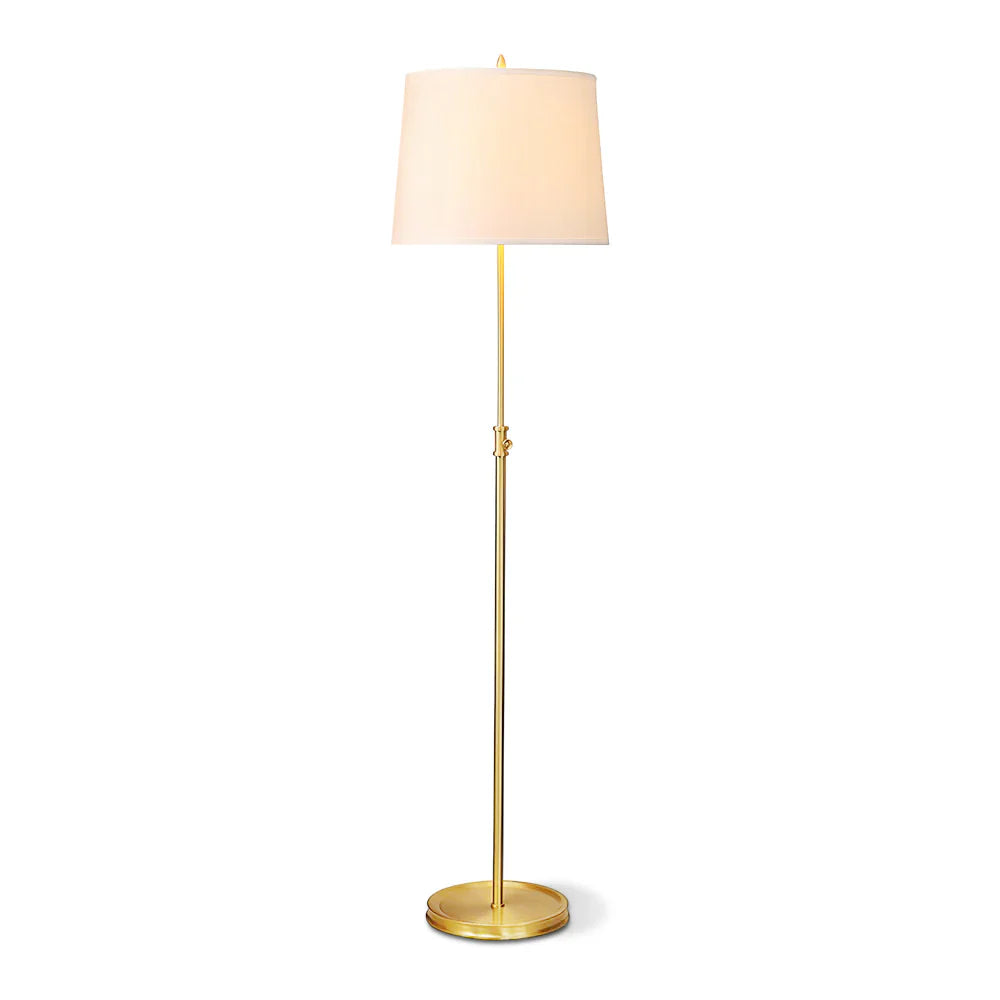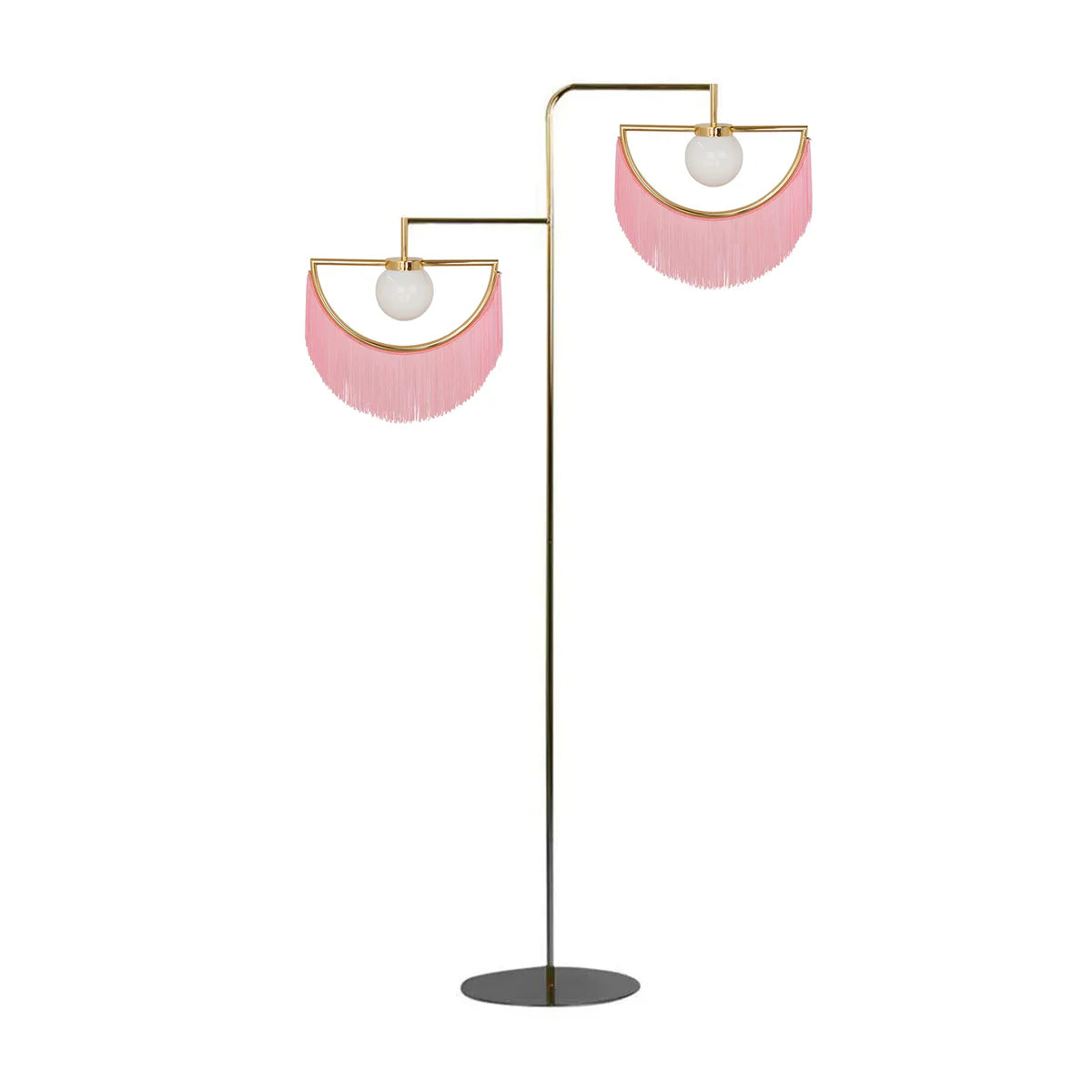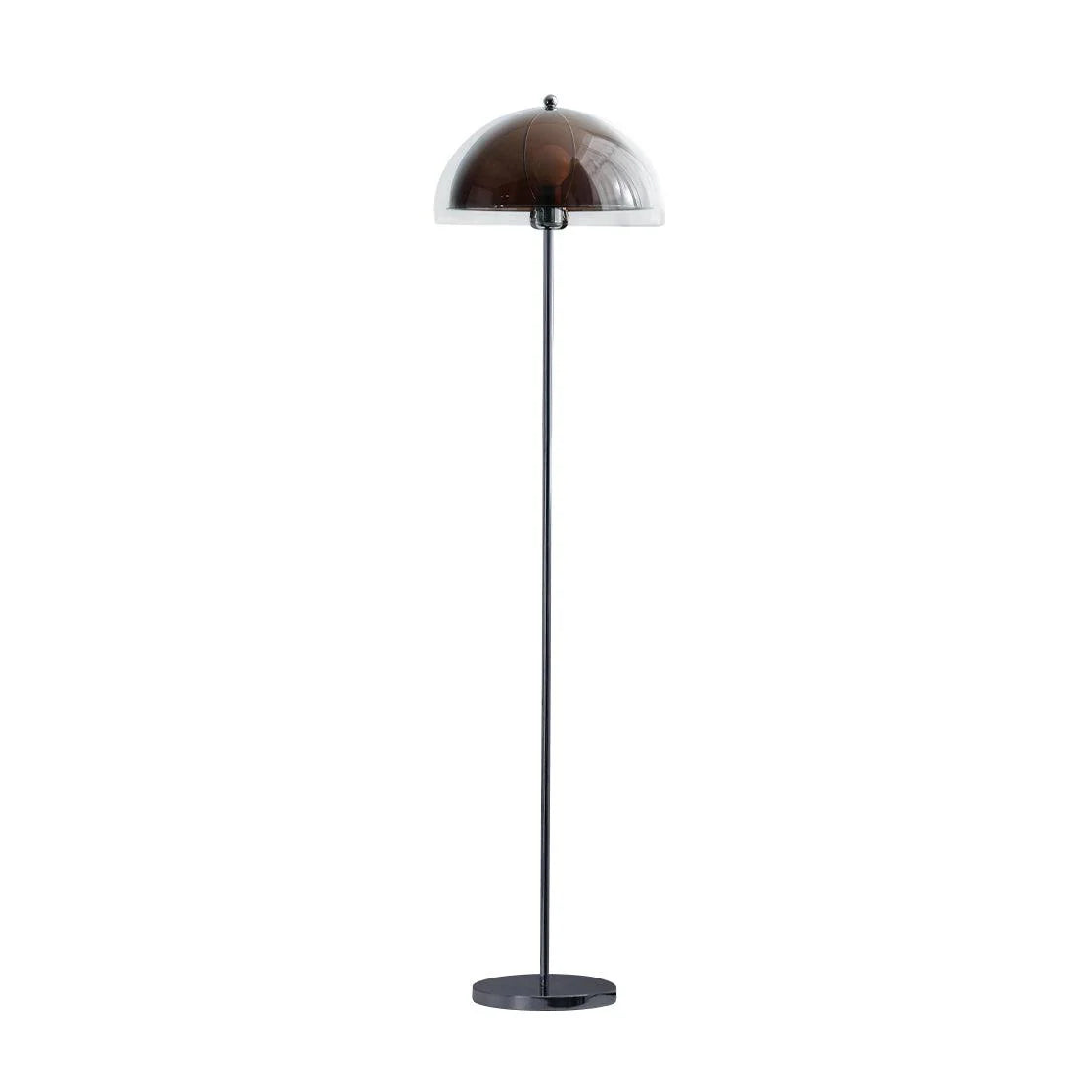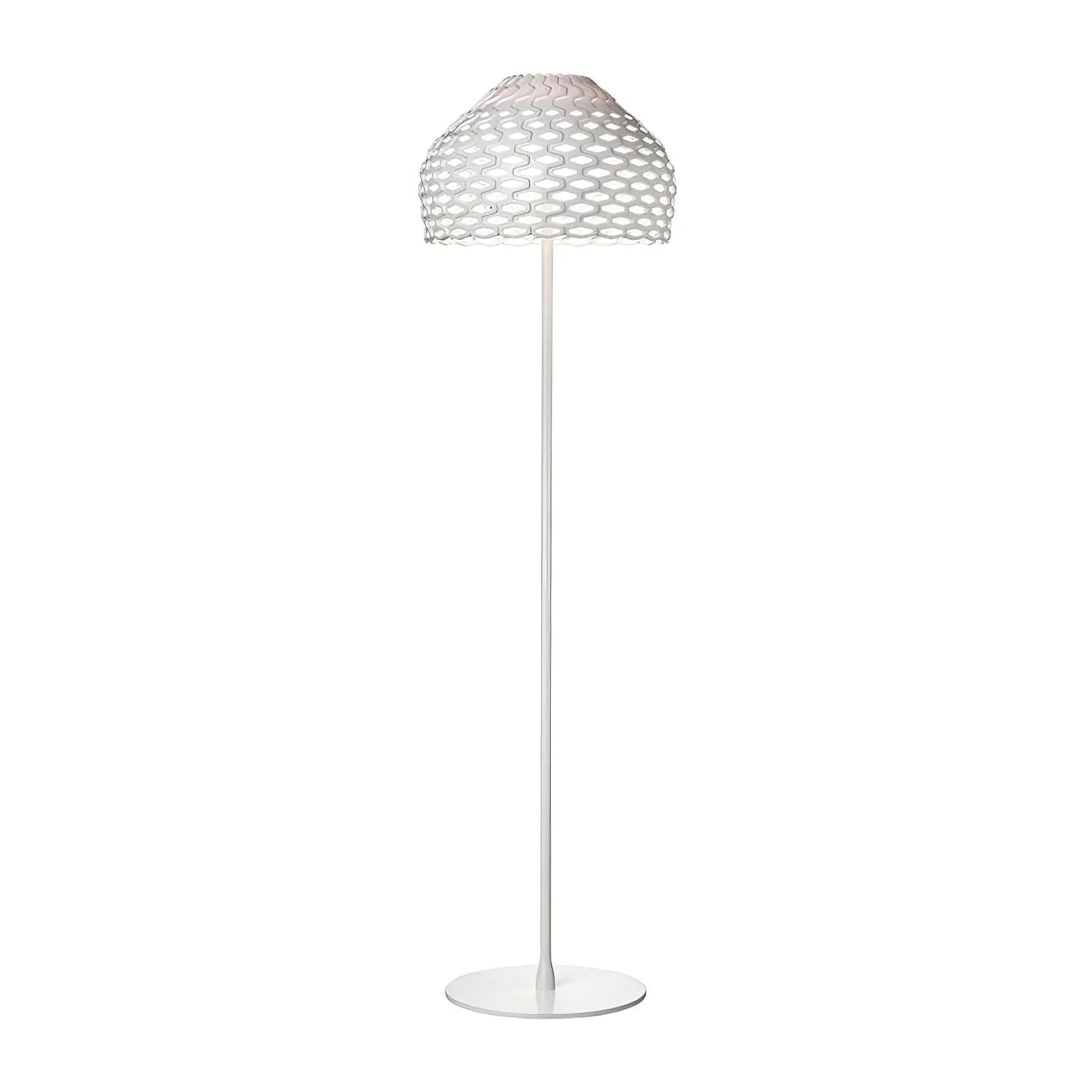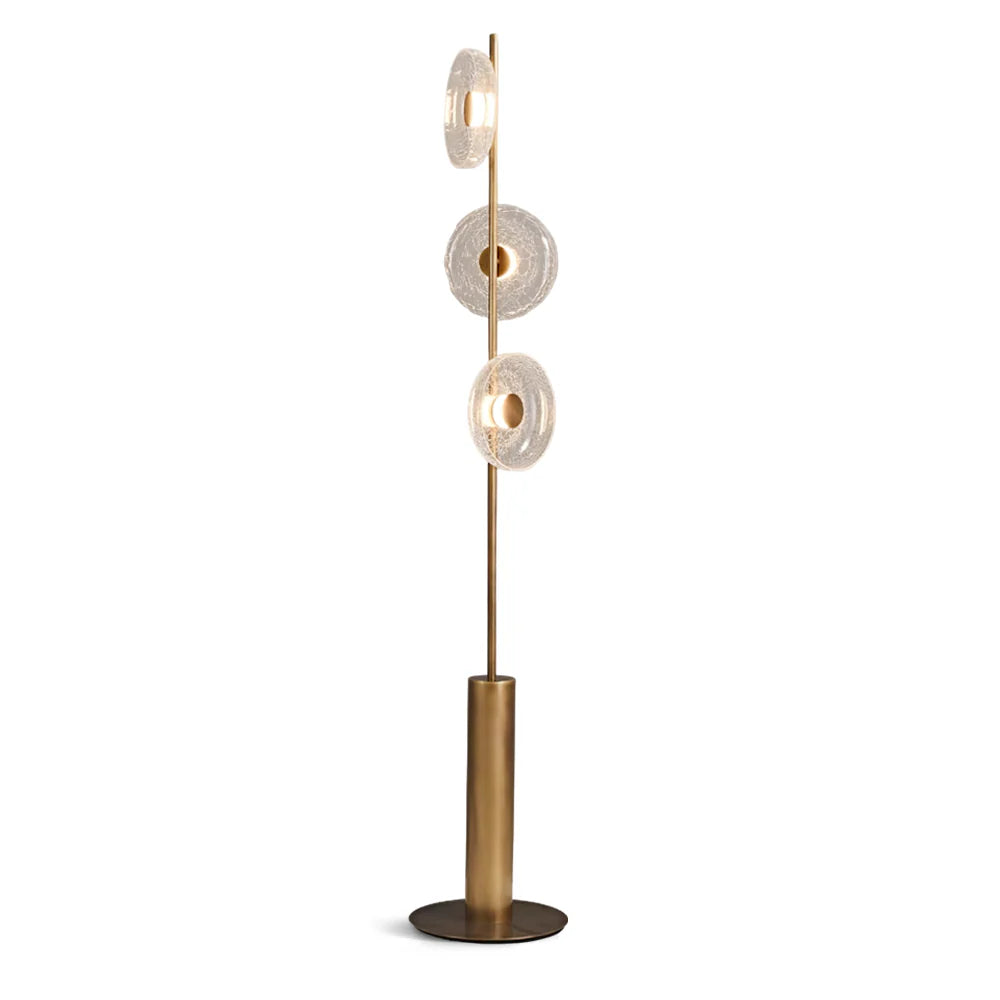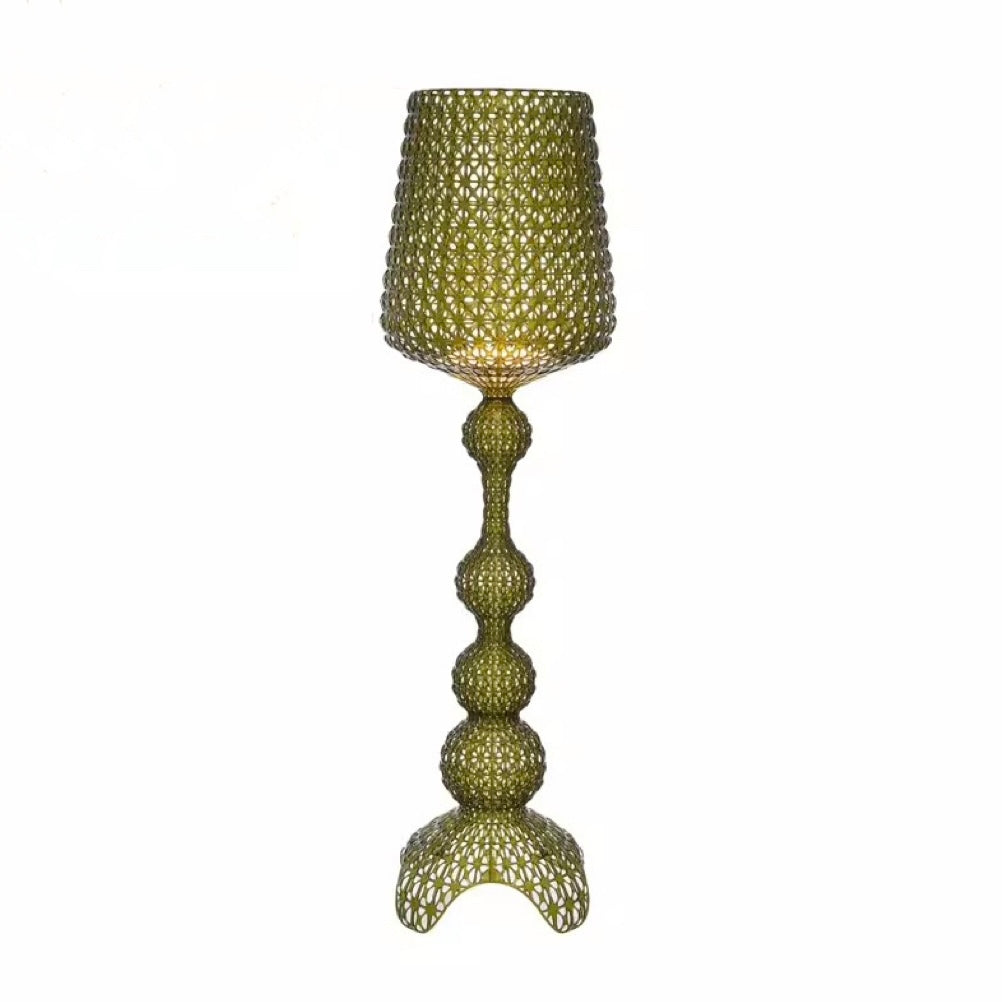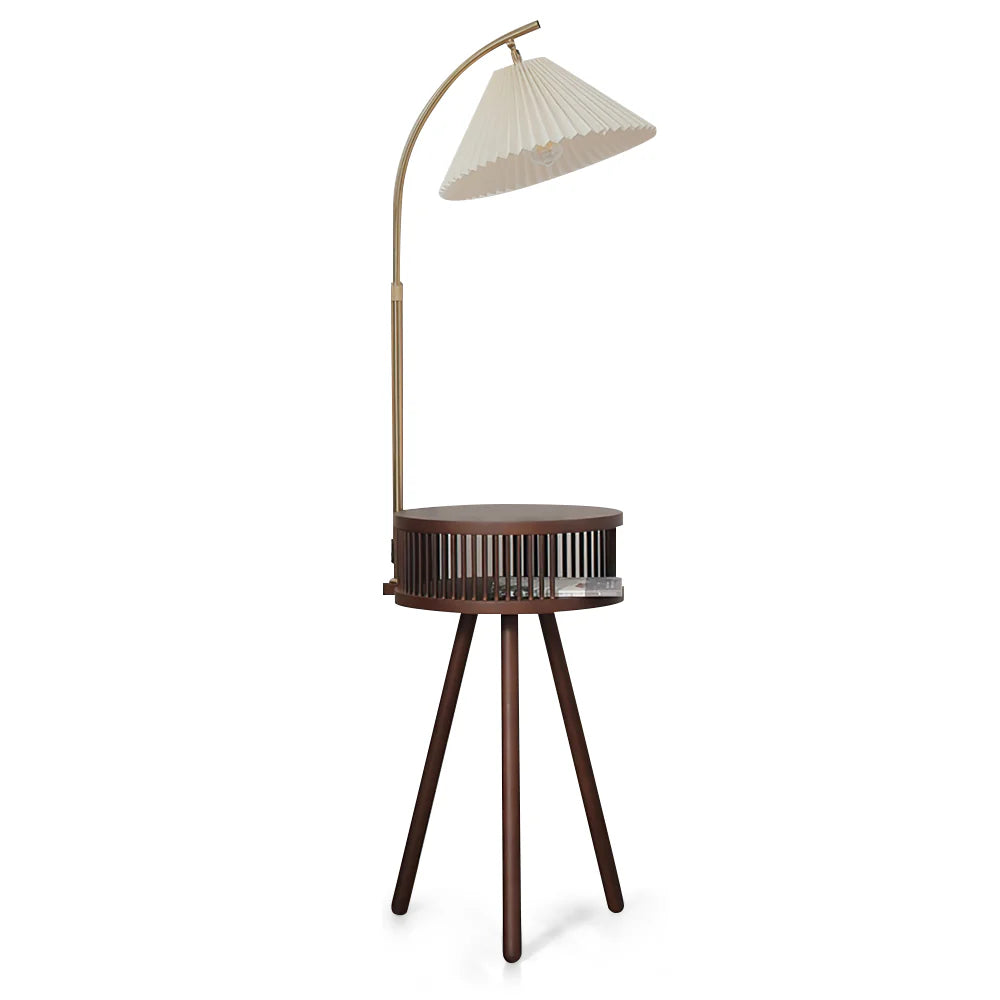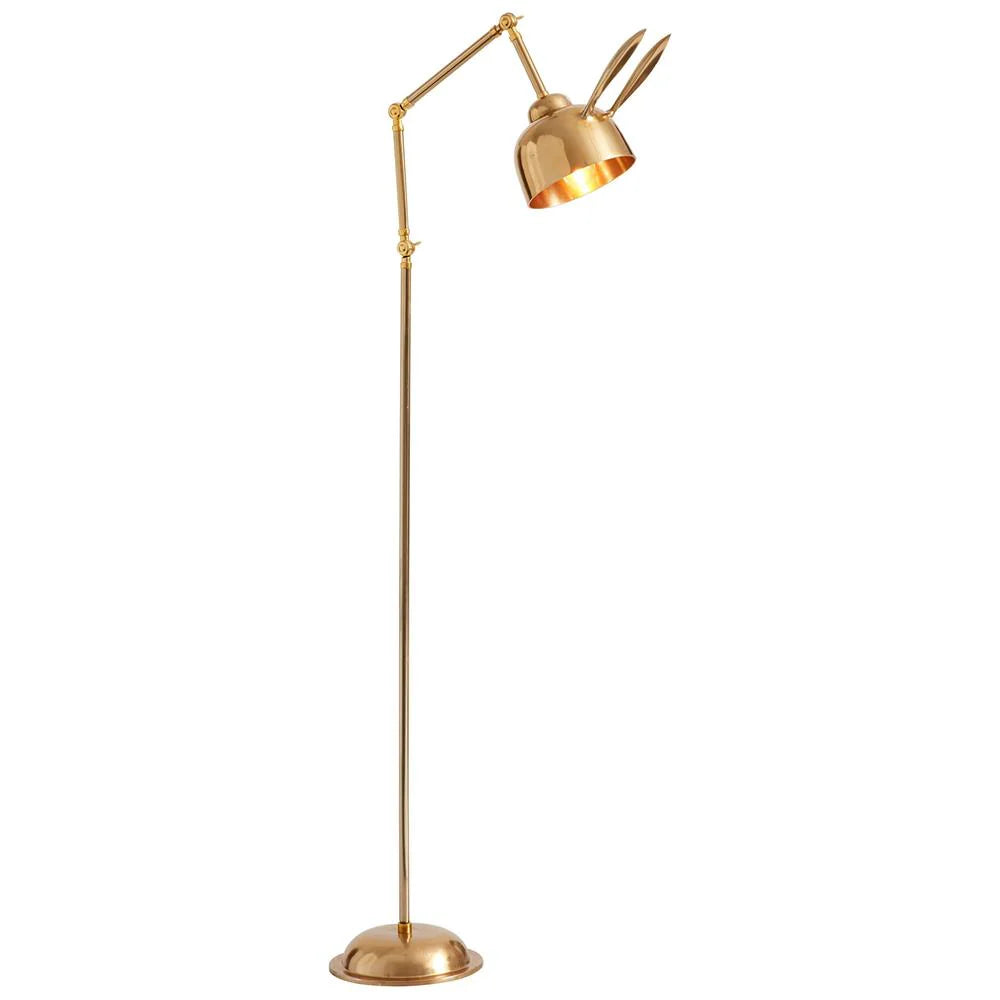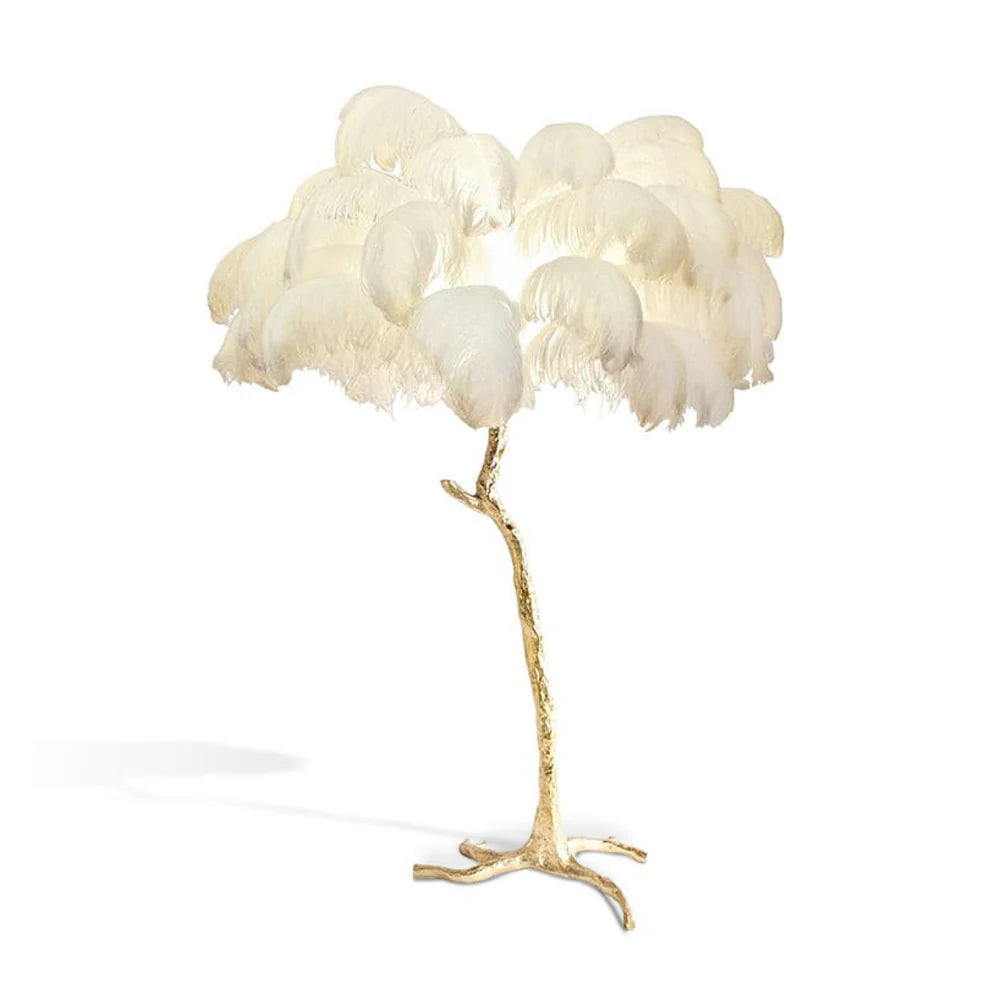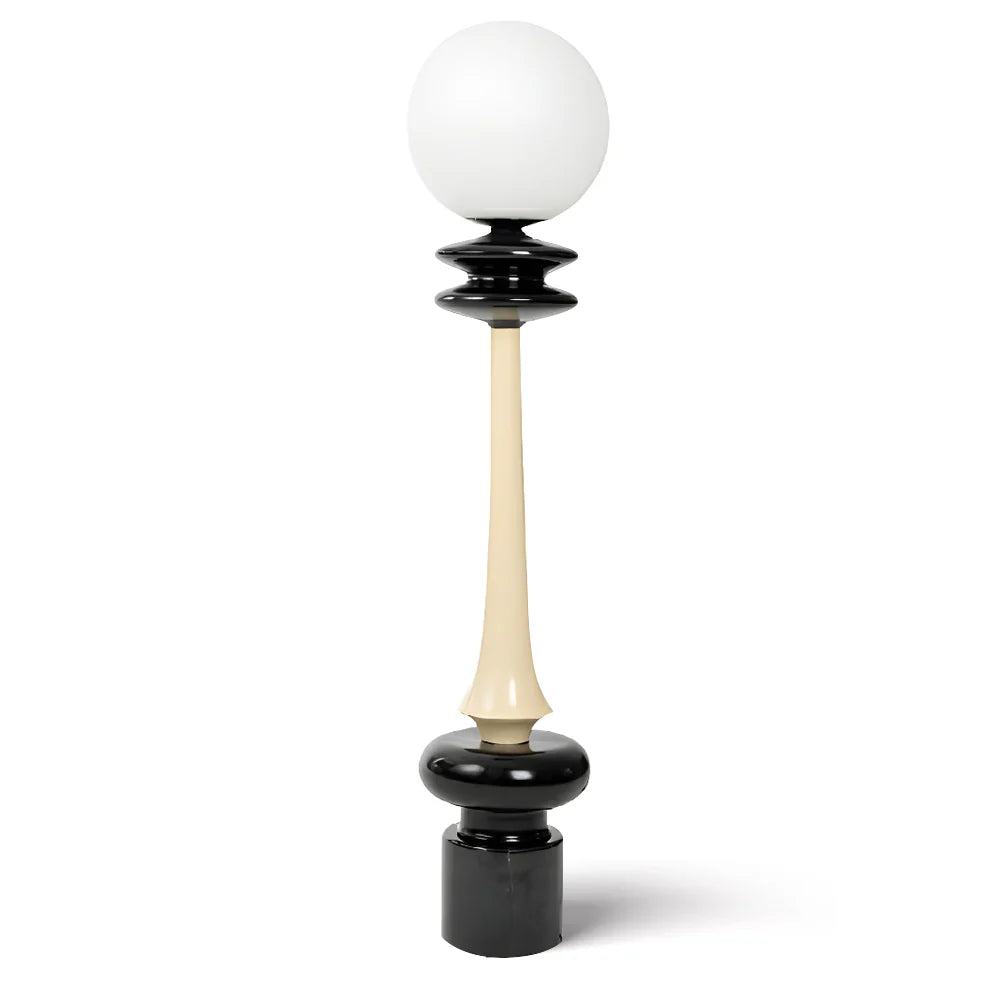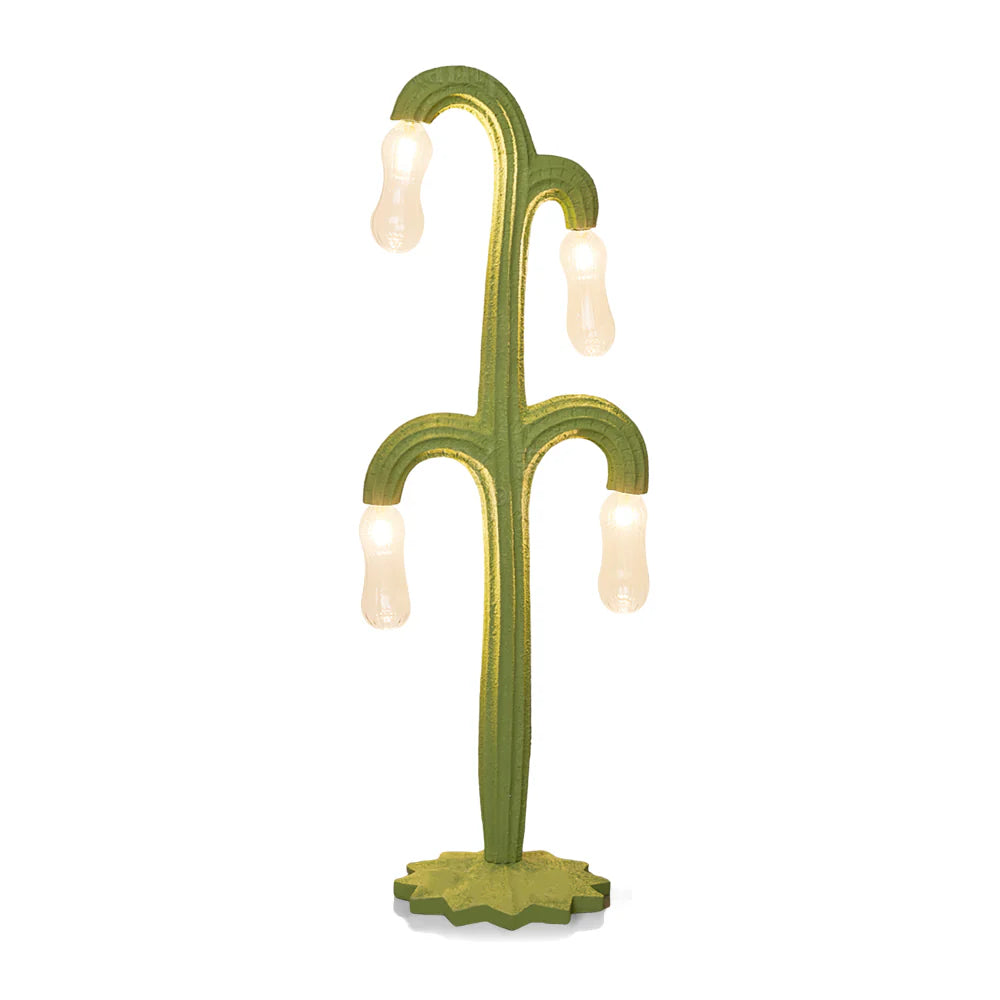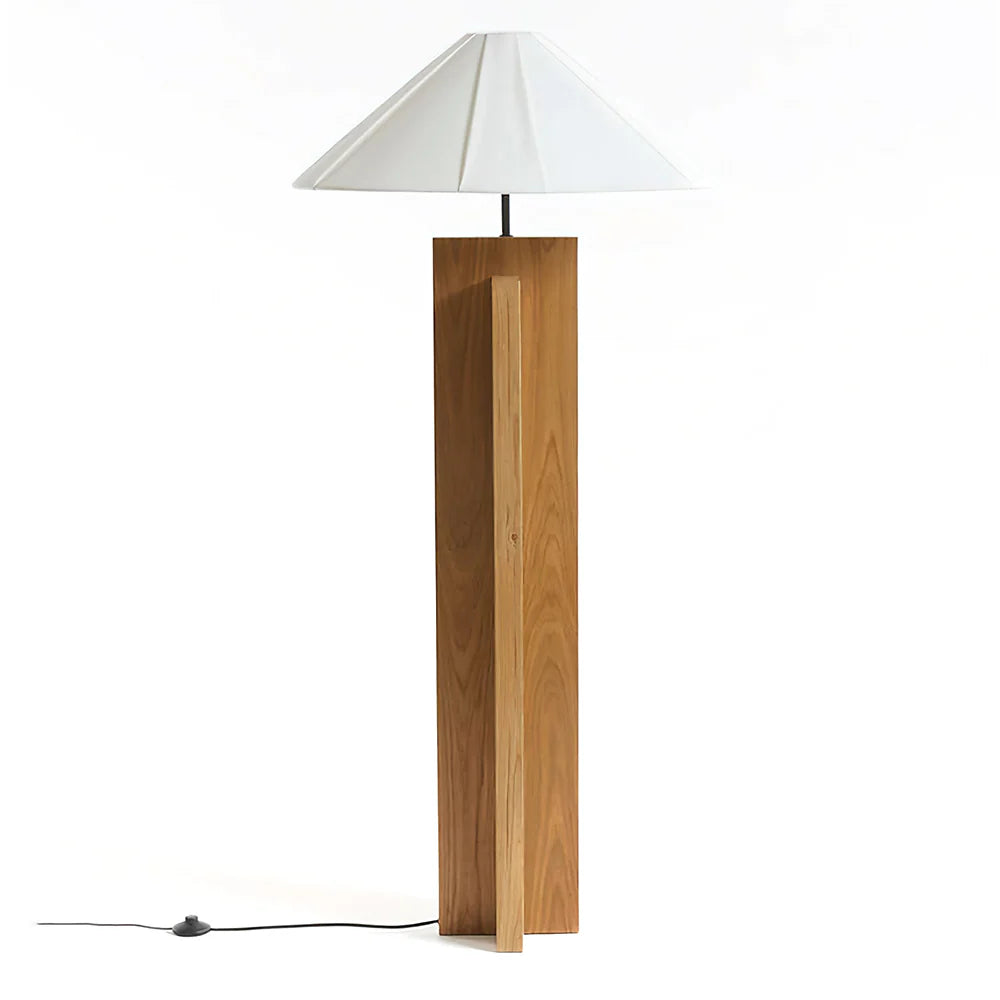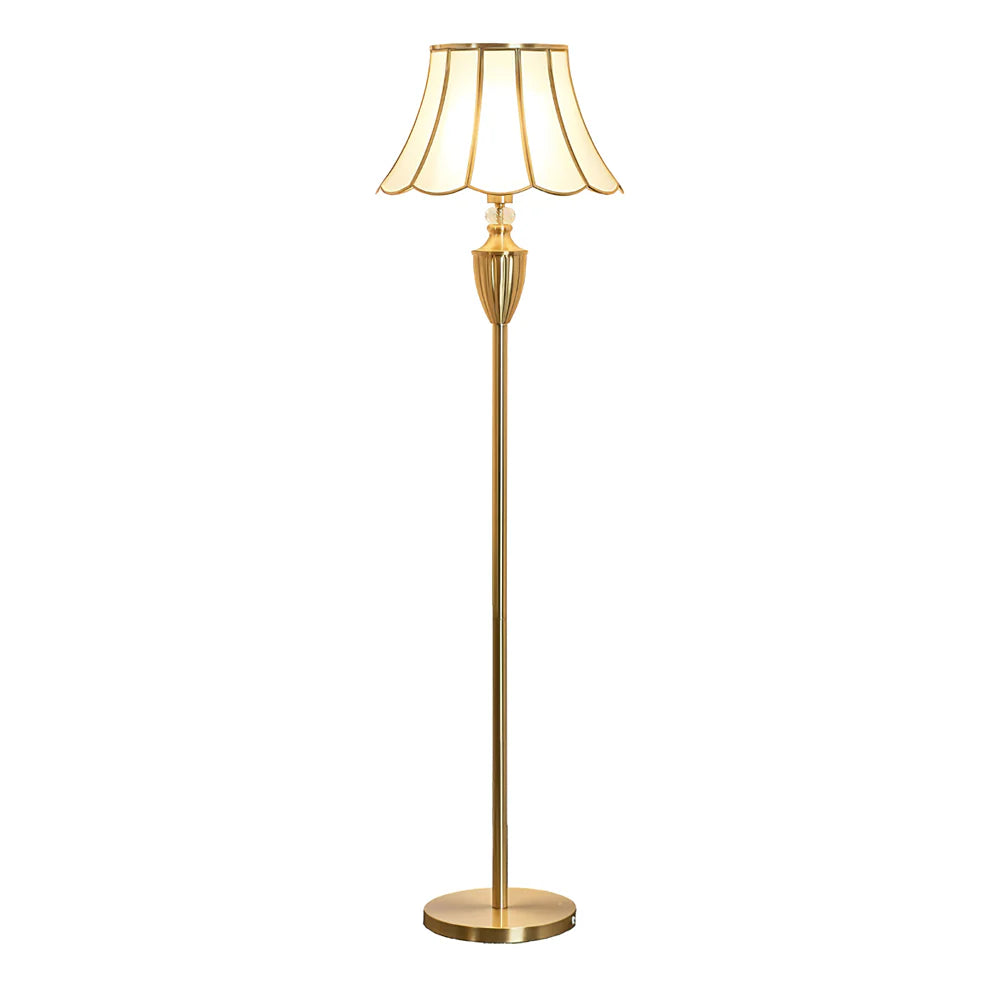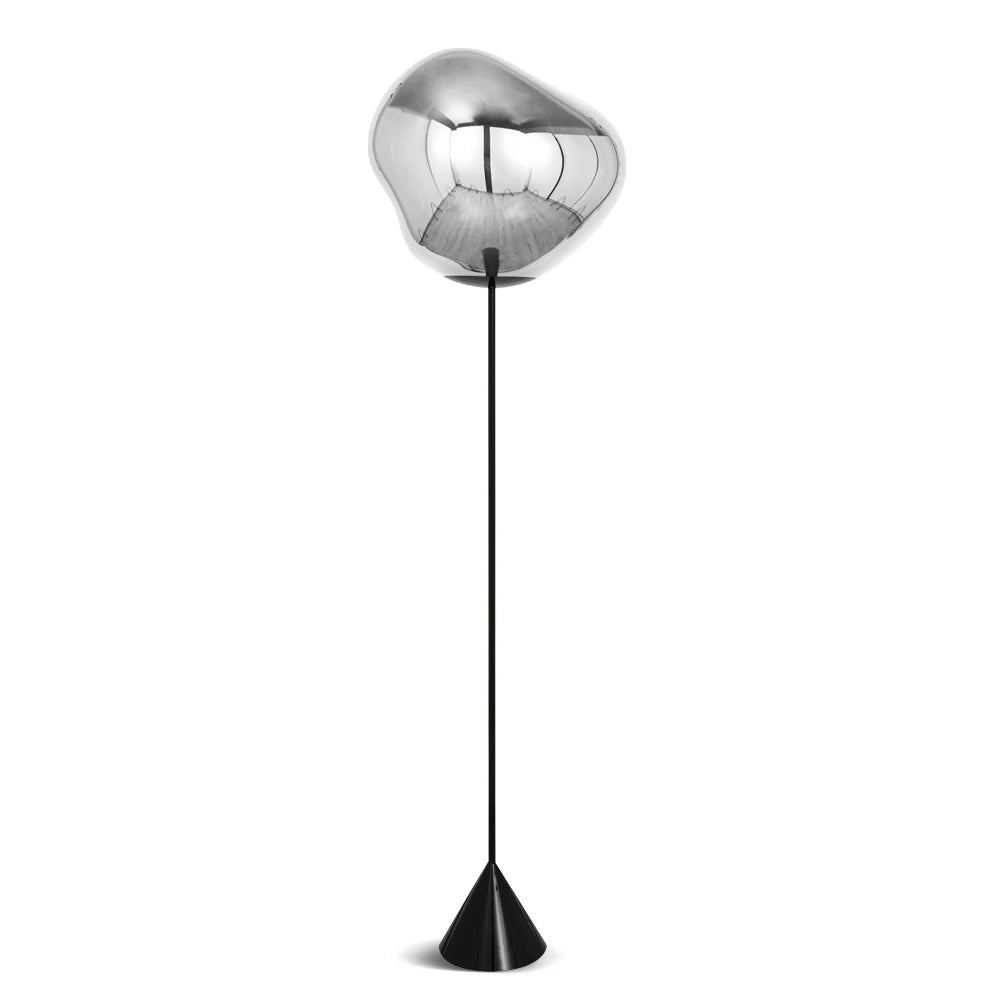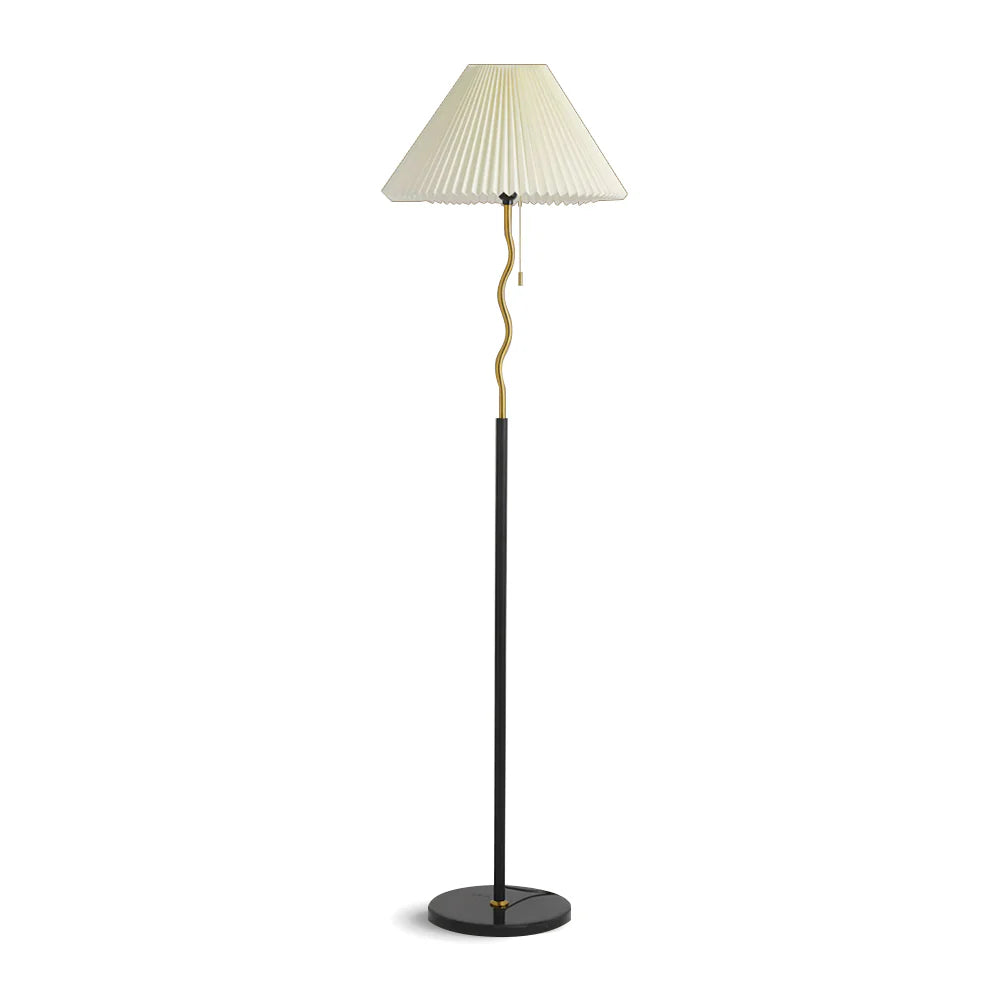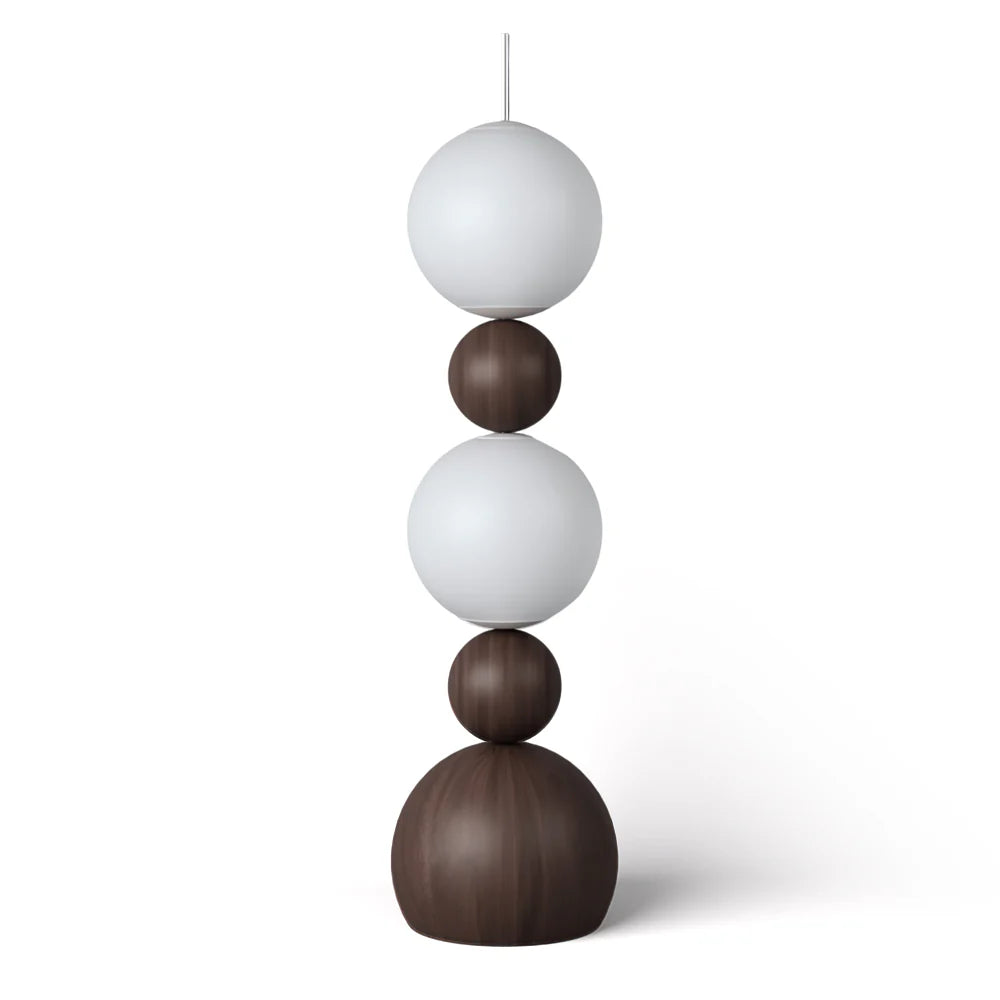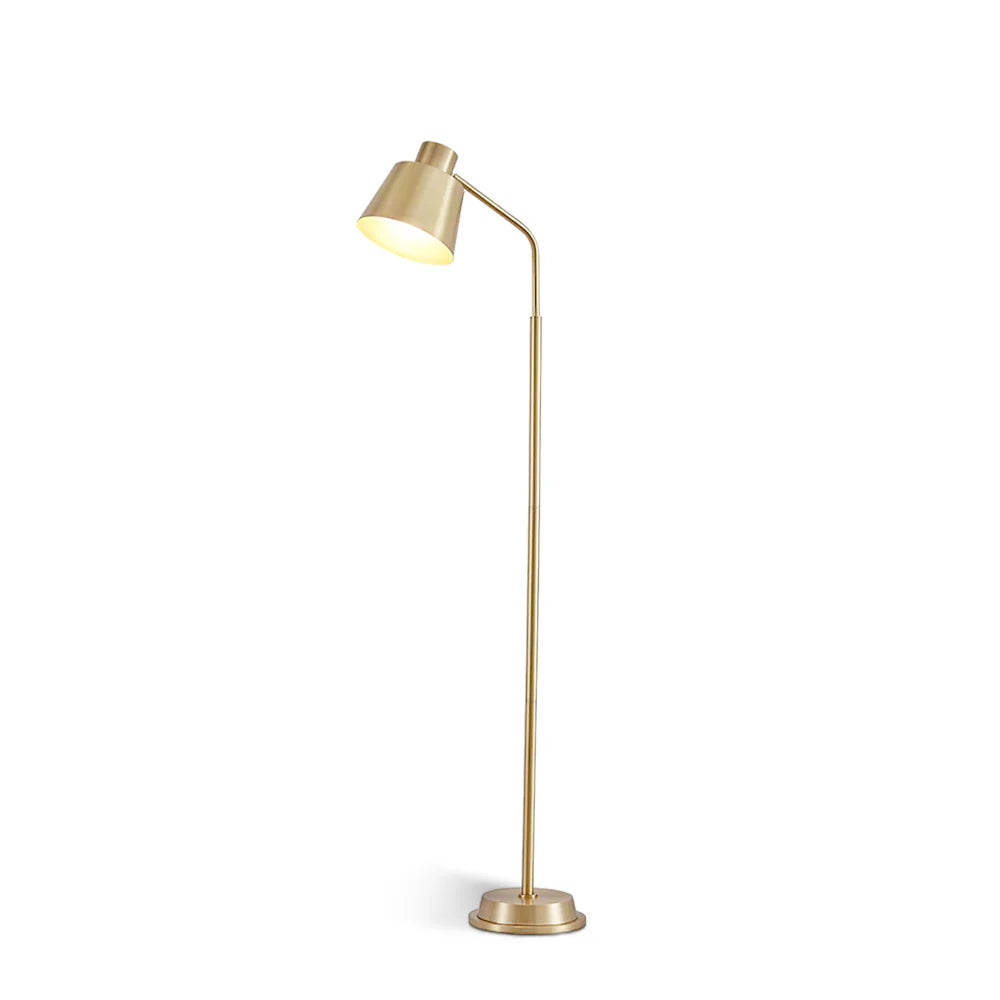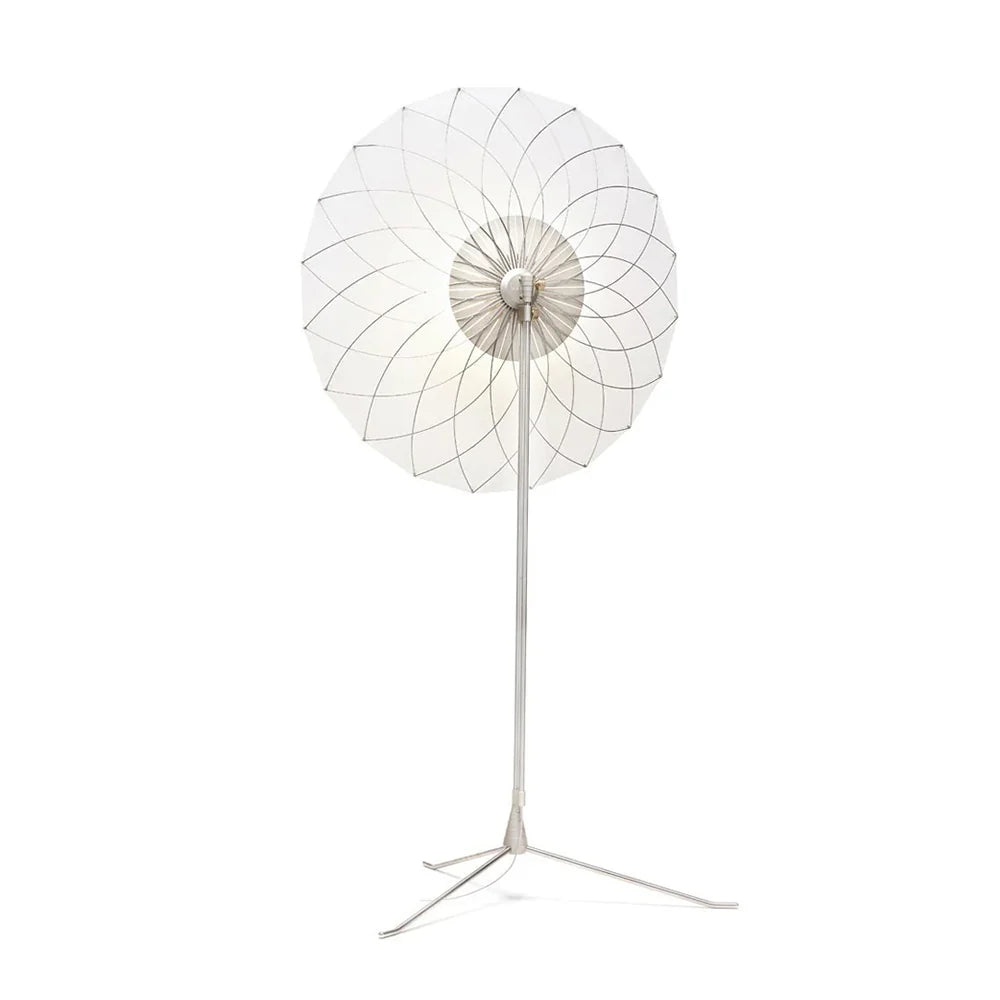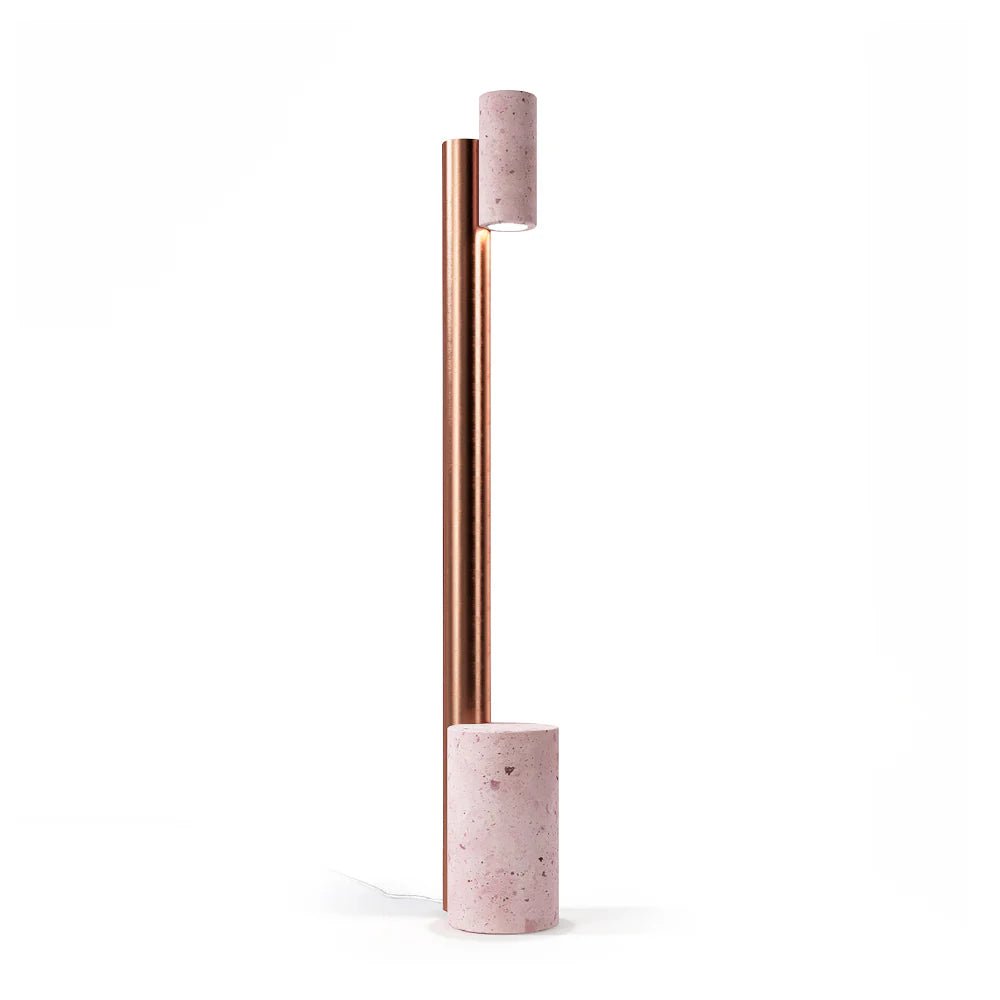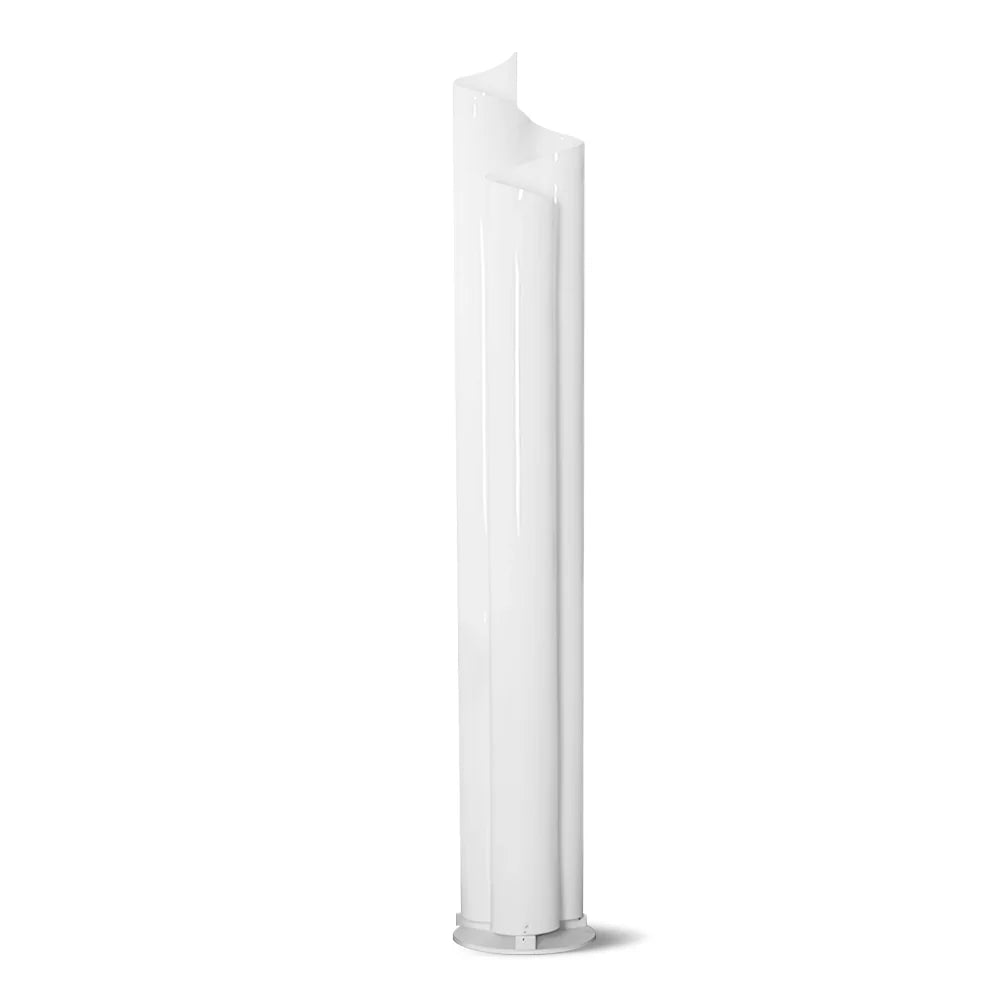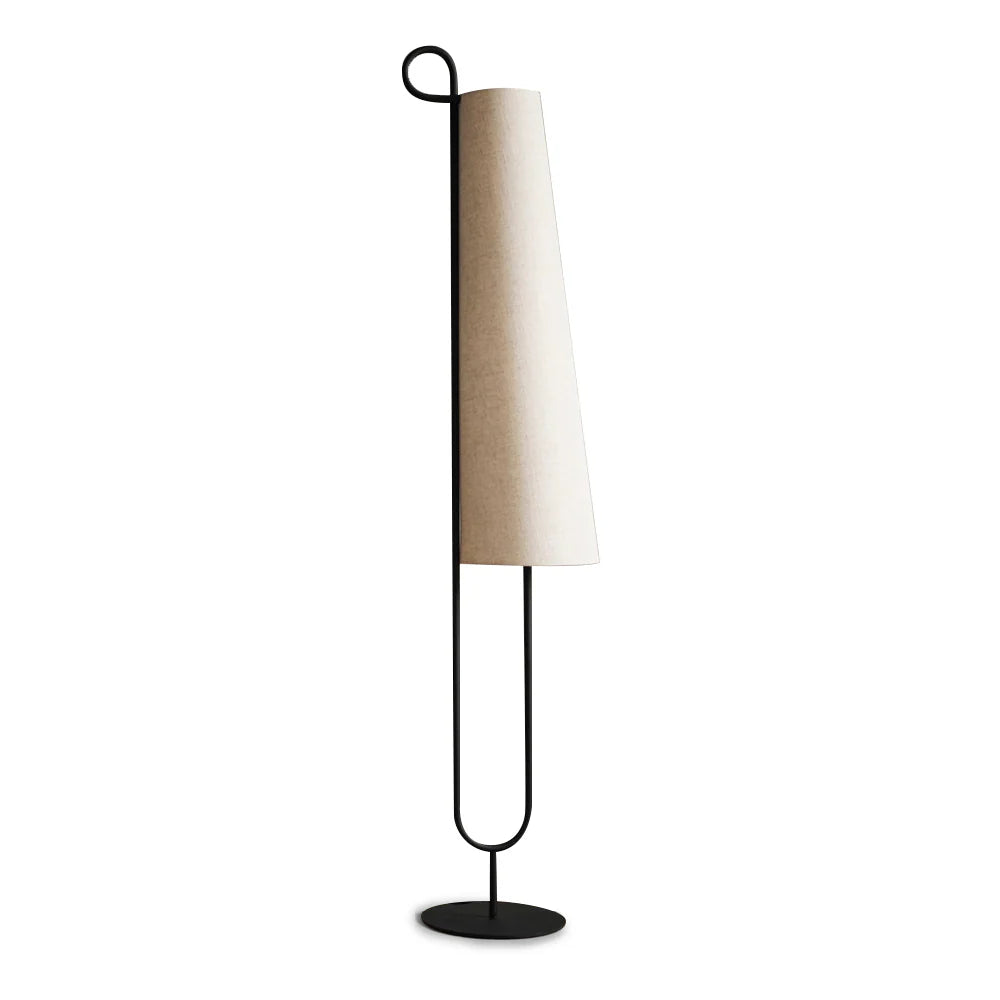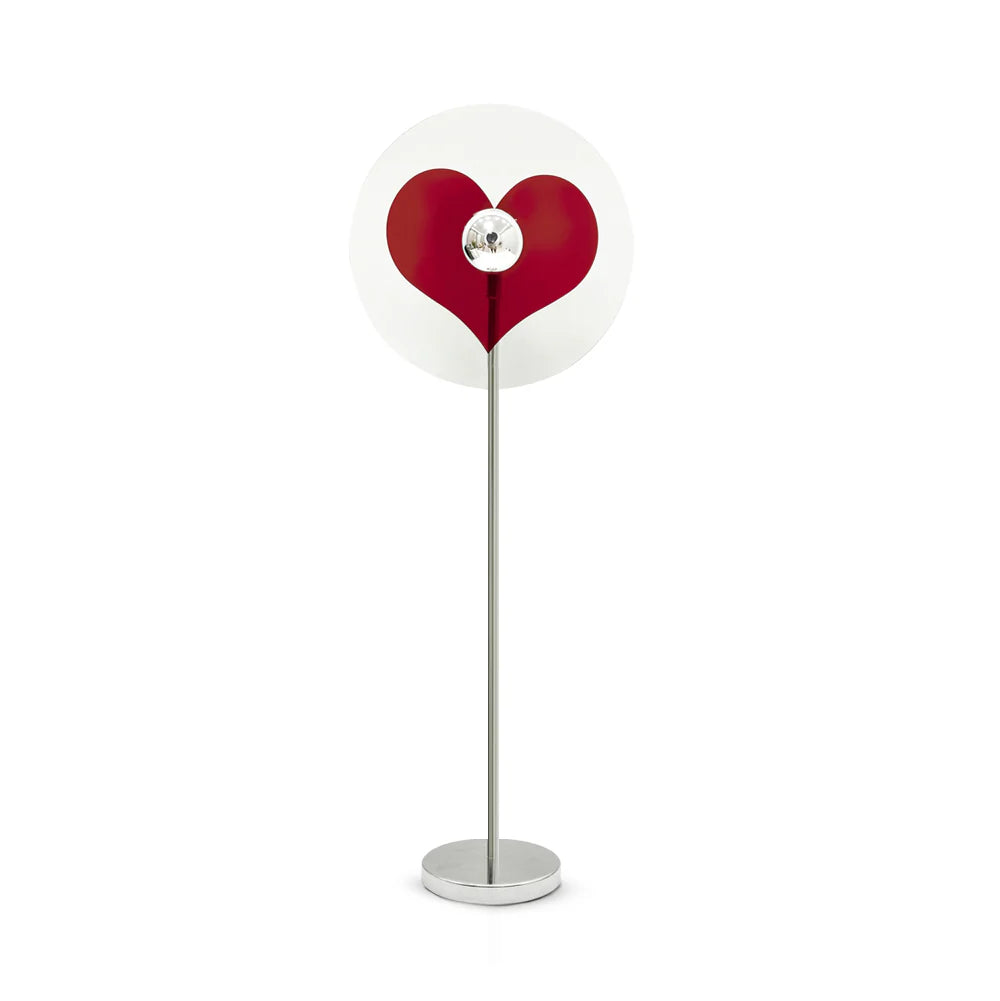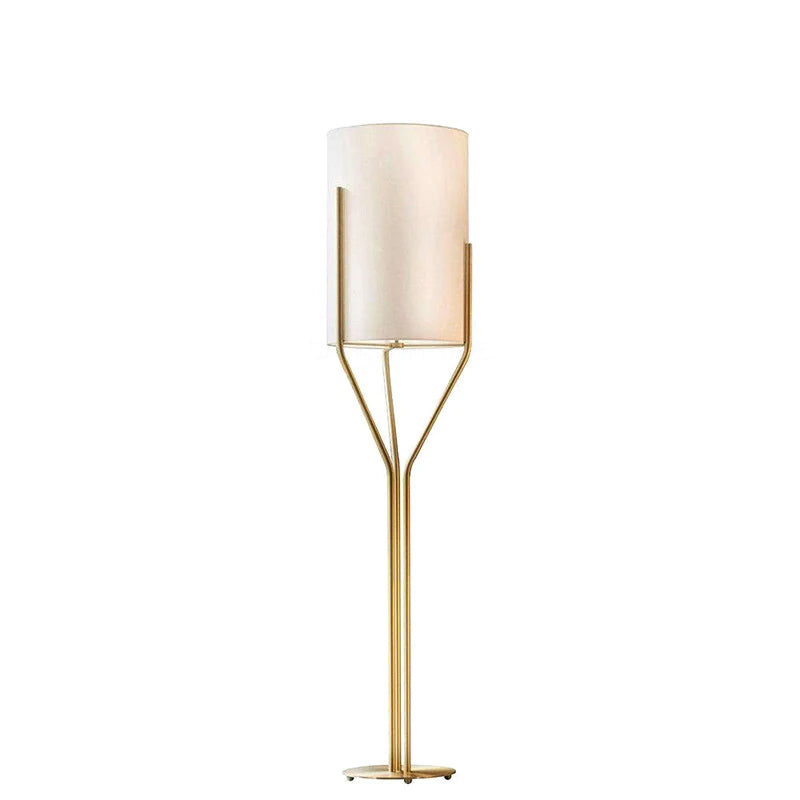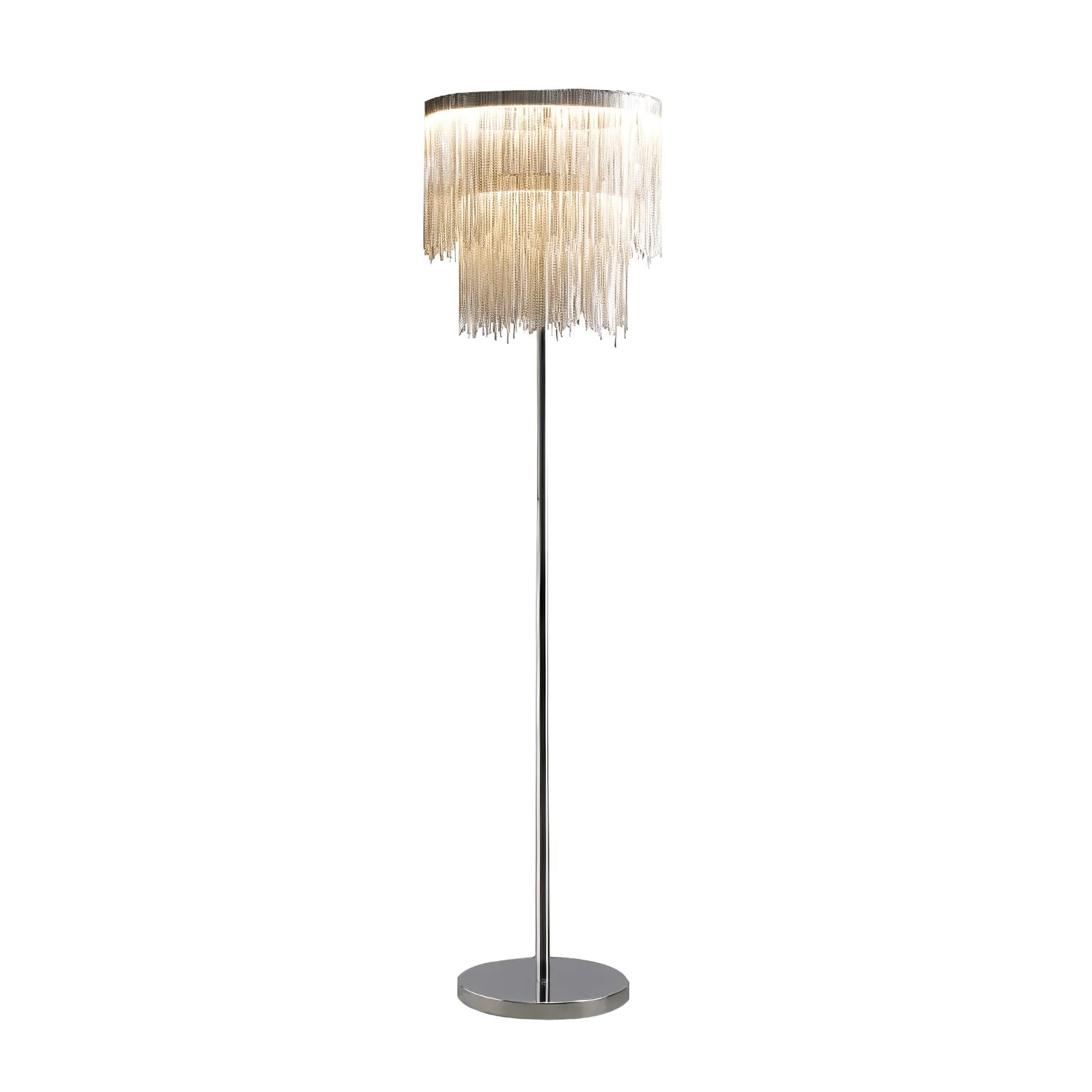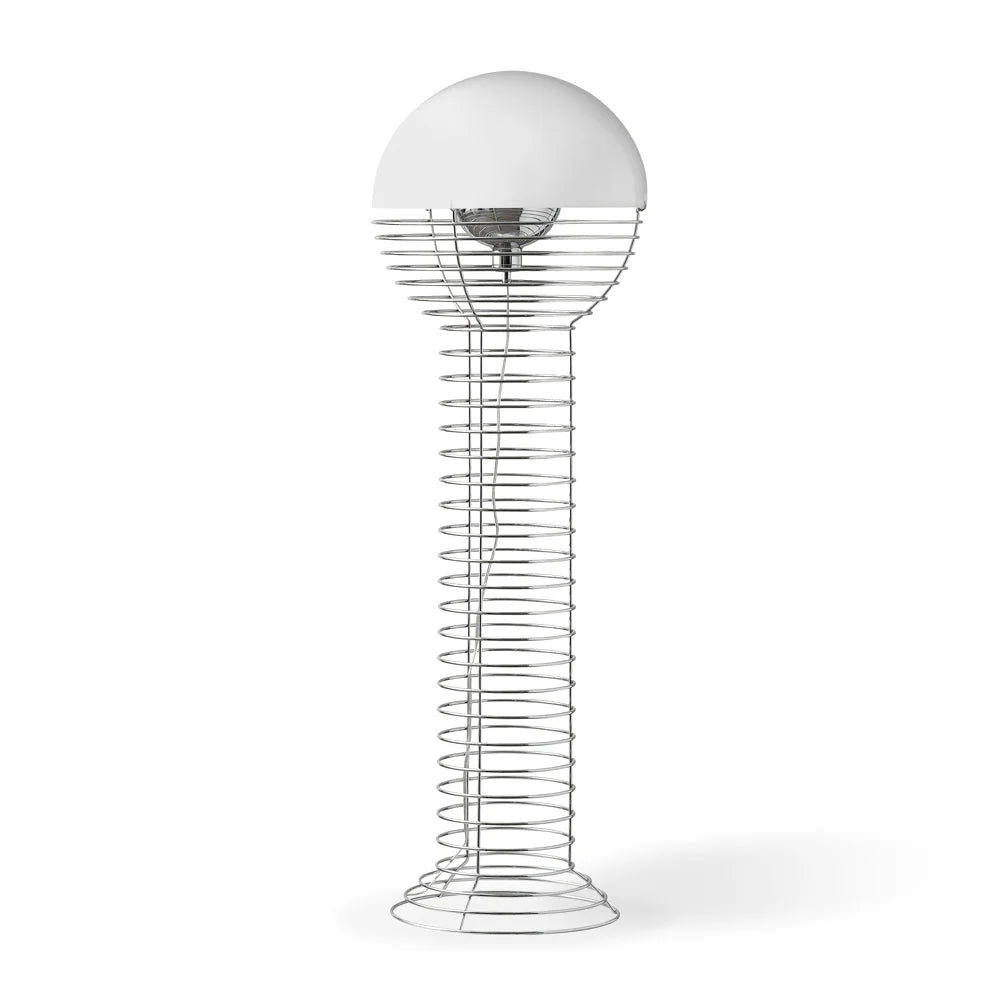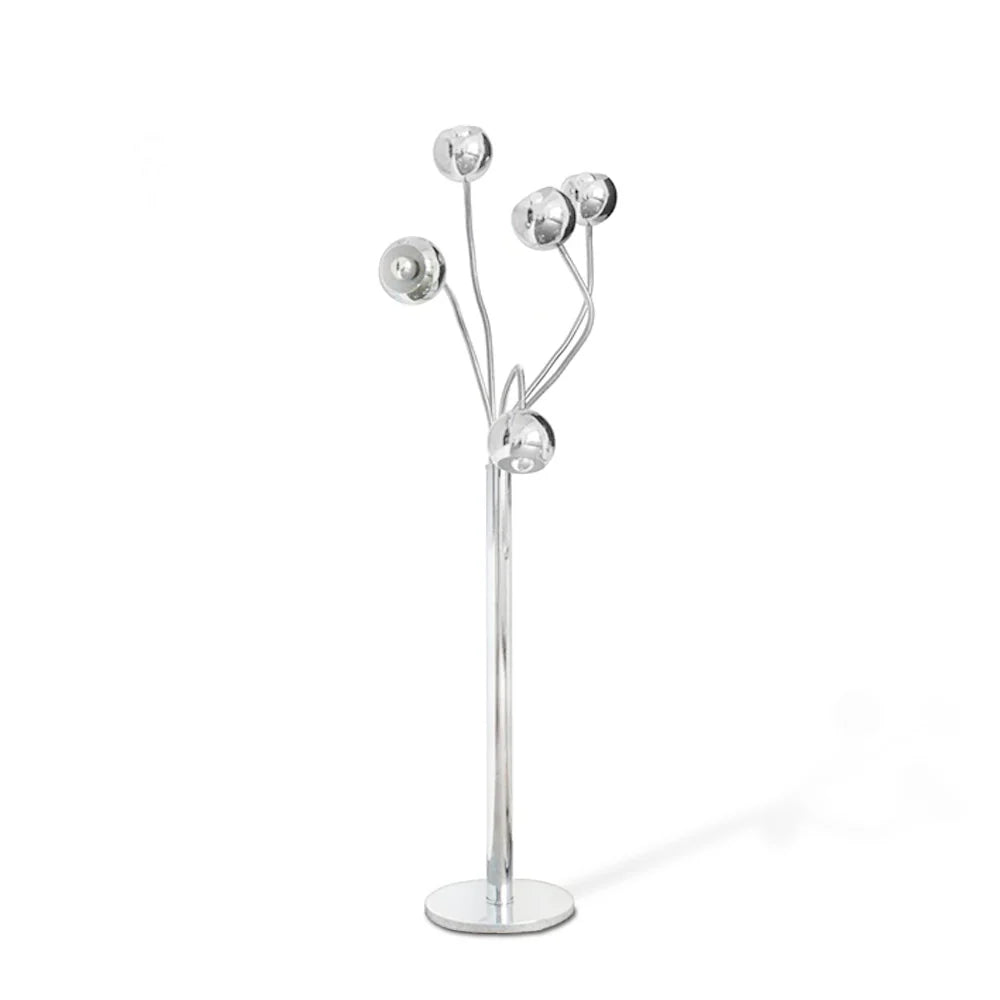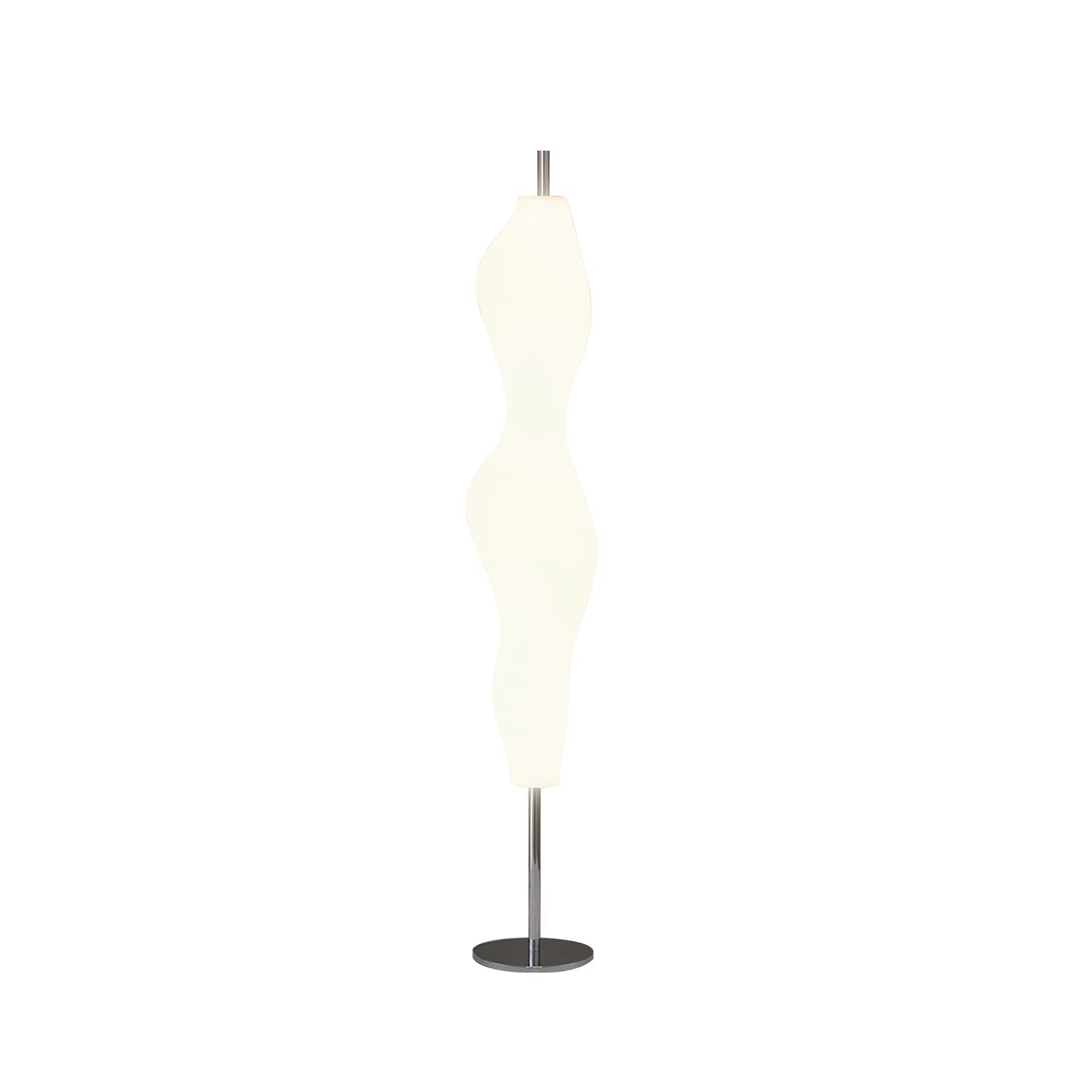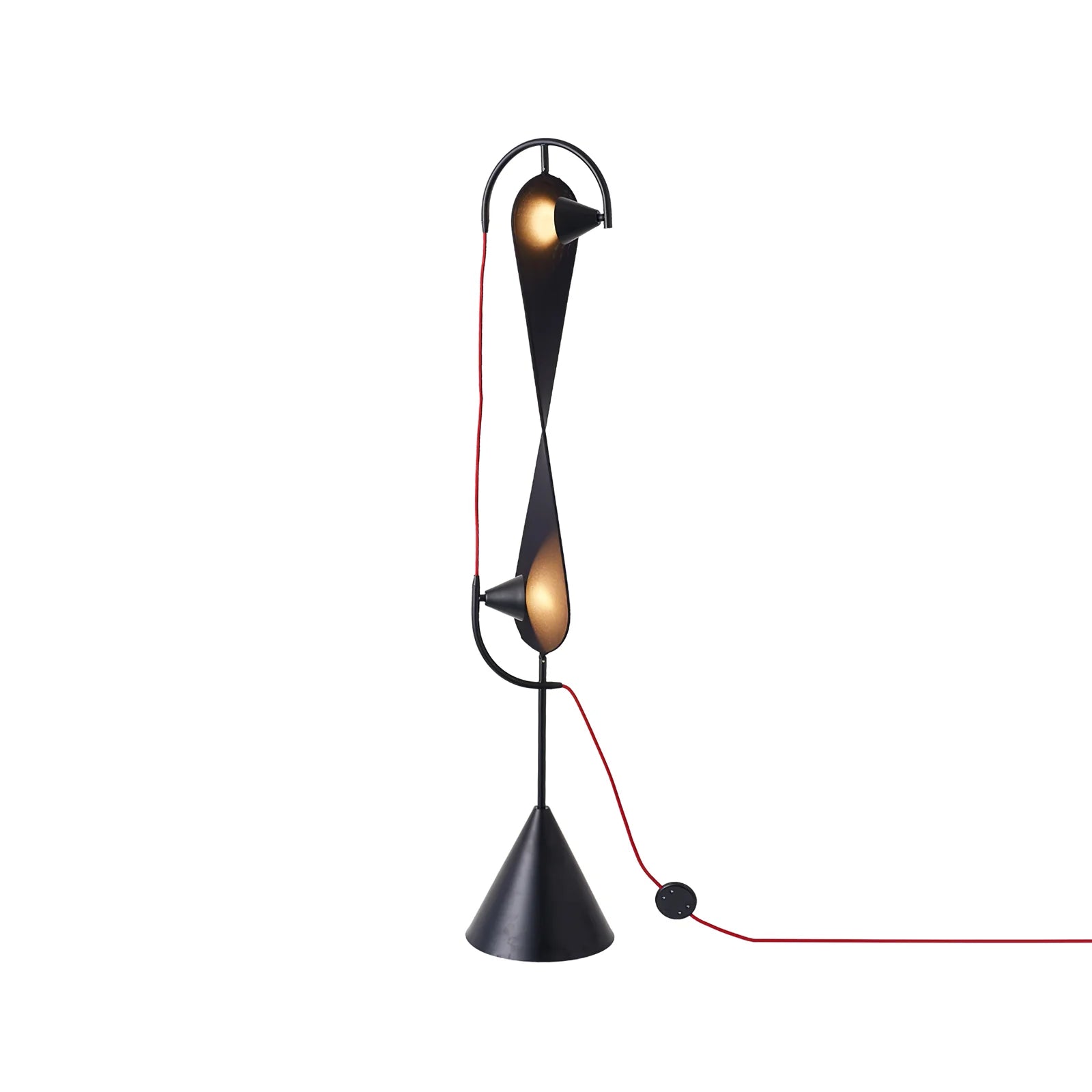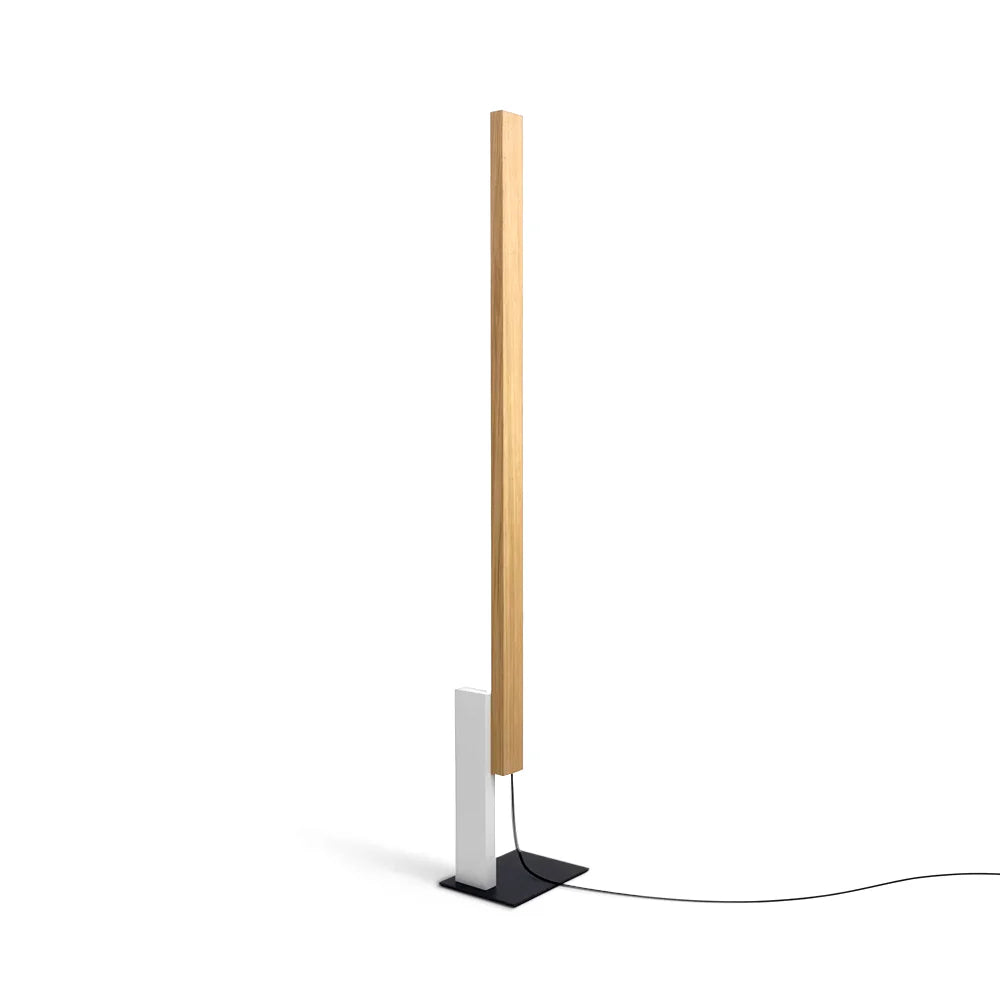
The Art of Creating the Perfect Accent Wall: Tips, Tricks, and Common Mistakes

Accent walls have been a popular interior design technique for decades, adding personality, depth, and a focal point to any room. When done correctly, an accent wall can transform a space from ordinary to extraordinary, enhancing your home's style and ambiance. Here’s everything you need to know about choosing, designing, and styling the perfect accent wall.
Choosing the Right Wall
Not all walls are created equal when it comes to accenting. The best wall for an accent is usually the one that naturally draws the eye when you enter a room. This could be the wall behind a sofa in the living room, the wall with the fireplace, or the wall facing the entrance in a bedroom. Avoid walls with doors or windows that break up the space too much, as this can distract from the accent effect. 
Picking the Best Colors (And What to Avoid)
The color you choose should complement the rest of your room's palette, not clash with it. Rich, bold colors like deep blues, emerald greens, or charcoal grays work wonderfully to add drama without overwhelming. For a lighter, airy feel, muted tones like soft pastels or earthy hues are great choices.
Avoid overly bright or neon shades, as they can tire the eyes quickly and may date your decor. Also, steer clear of using the same color as the other walls but in a lighter or darker shade unless you want a subtle effect. 
Enhancing the Wall Through Furnishings and Decor
An accent wall sets the stage for decorating. Use furniture and accessories to complement, not compete with it. For example, against a dark accent wall, choose lighter or neutral-colored furniture to create contrast. Metallic or wooden frames, textured cushions, and plants can add depth and interest.
Common Mistakes to Avoid
-
Choosing the wrong wall: Picking a wall with too many interruptions like windows or doors can lessen impact.
-
Overcrowding the wall: Too many pictures or decor pieces can clutter the space.
-
Ignoring room size and lighting: Dark colors on small or poorly lit walls can make a room feel cramped.
-
Going trend-only: Avoid extremely trendy colors or patterns that may date quickly.

Creating a Gallery Wall on Your Accent Wall
A gallery wall can beautifully complement an accent wall. When hanging pictures or art:
-
Use an odd number of pieces (5, 7, or 9) for visual balance.
-
Space frames evenly, about 2 to 3 inches apart.
-
Mix frame styles and sizes but keep a cohesive color palette for harmony.
-
Hang pieces at eye level or slightly above for best viewing.

When Not to Use an Accent Wall
Not every room benefits from an accent wall. Small bathrooms, very small bedrooms, or rooms with limited natural light may feel cramped or dark with a bold accent. Also, open-plan spaces with multiple views might find an accent wall less effective since it doesn’t anchor a single focal point.
The History and Evolution of Accent Walls
Accent walls have been around since at least the mid-20th century, rising to popularity with the advent of modern interior design in the 1950s and 60s. Originally used to showcase bold wallpaper or textured paint, today’s accent walls incorporate everything from reclaimed wood panels to brick veneers and decorative tiles, reflecting ever-changing design trends. 
Final Thoughts
Creating an accent wall is a fantastic way to inject style and personality into your home. With thoughtful color choices, the right wall selection, and careful decoration, you can craft a space that feels dynamic and uniquely yours.


